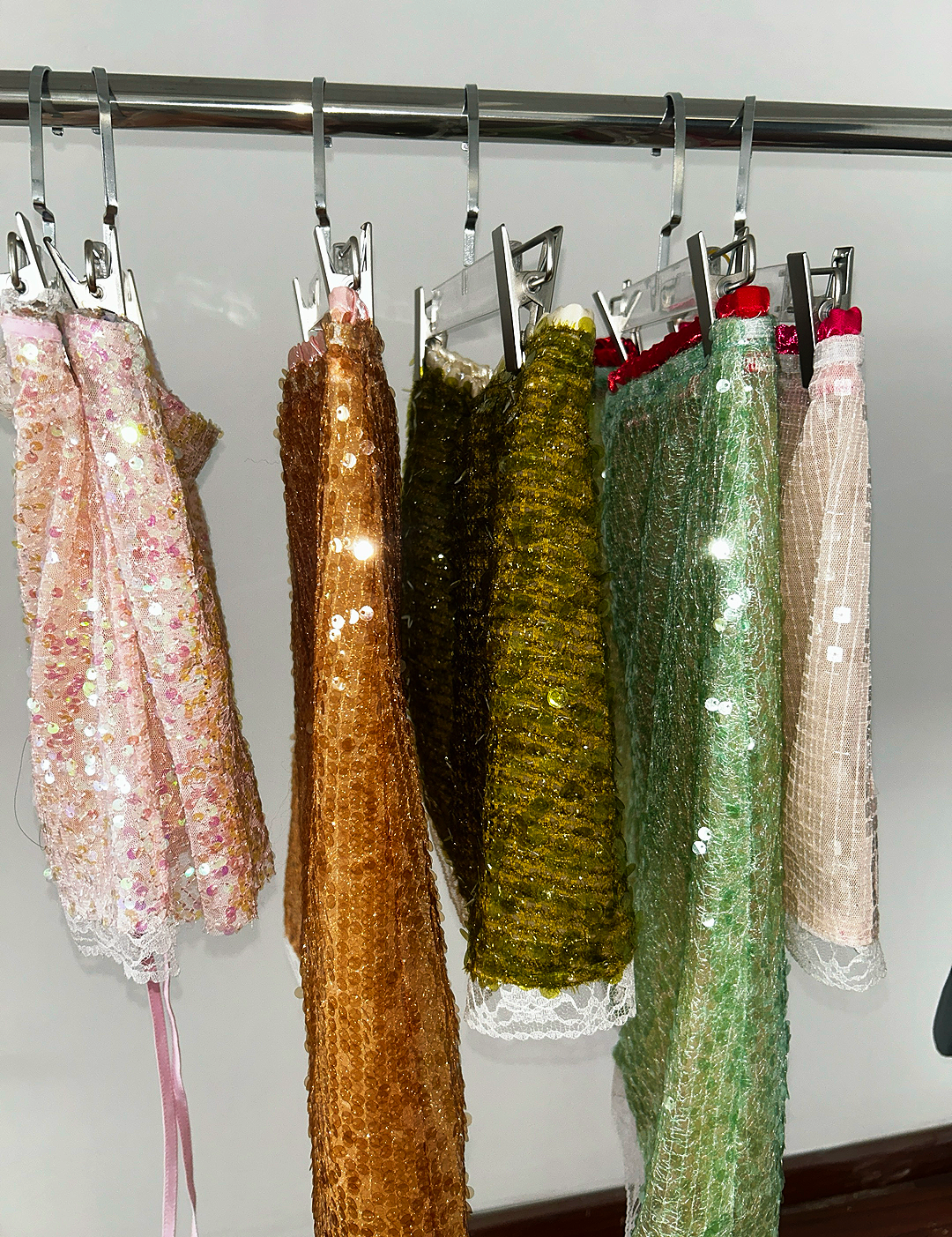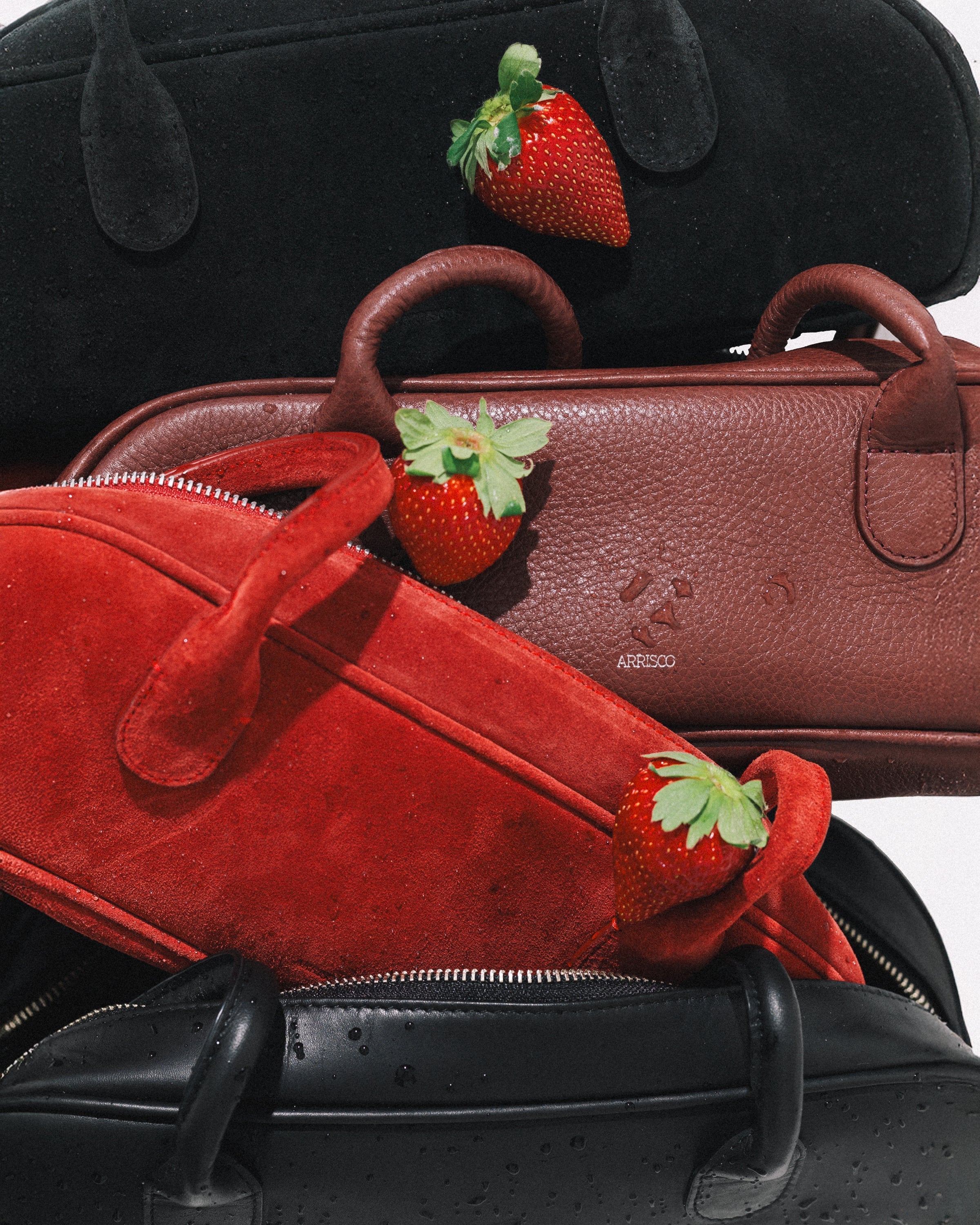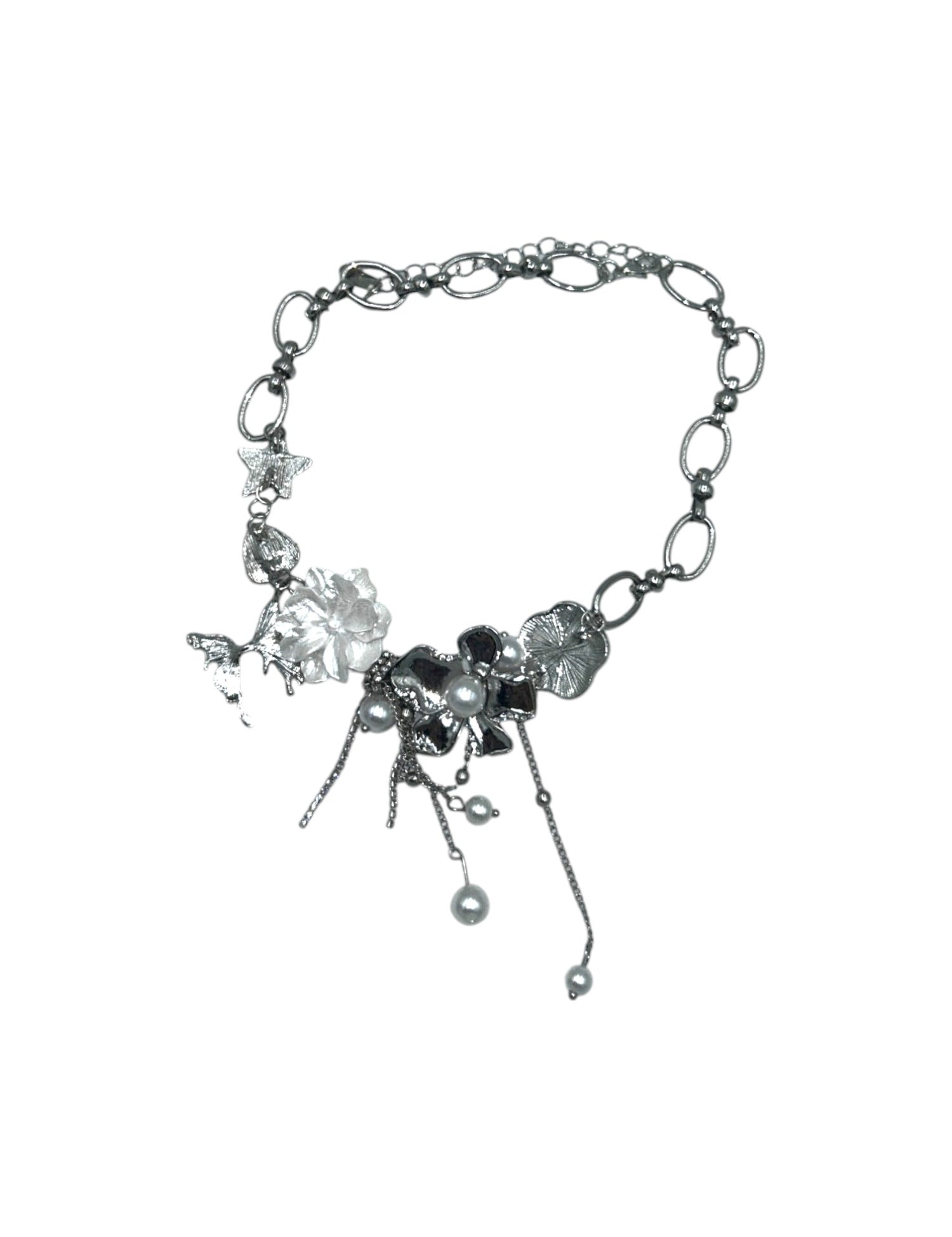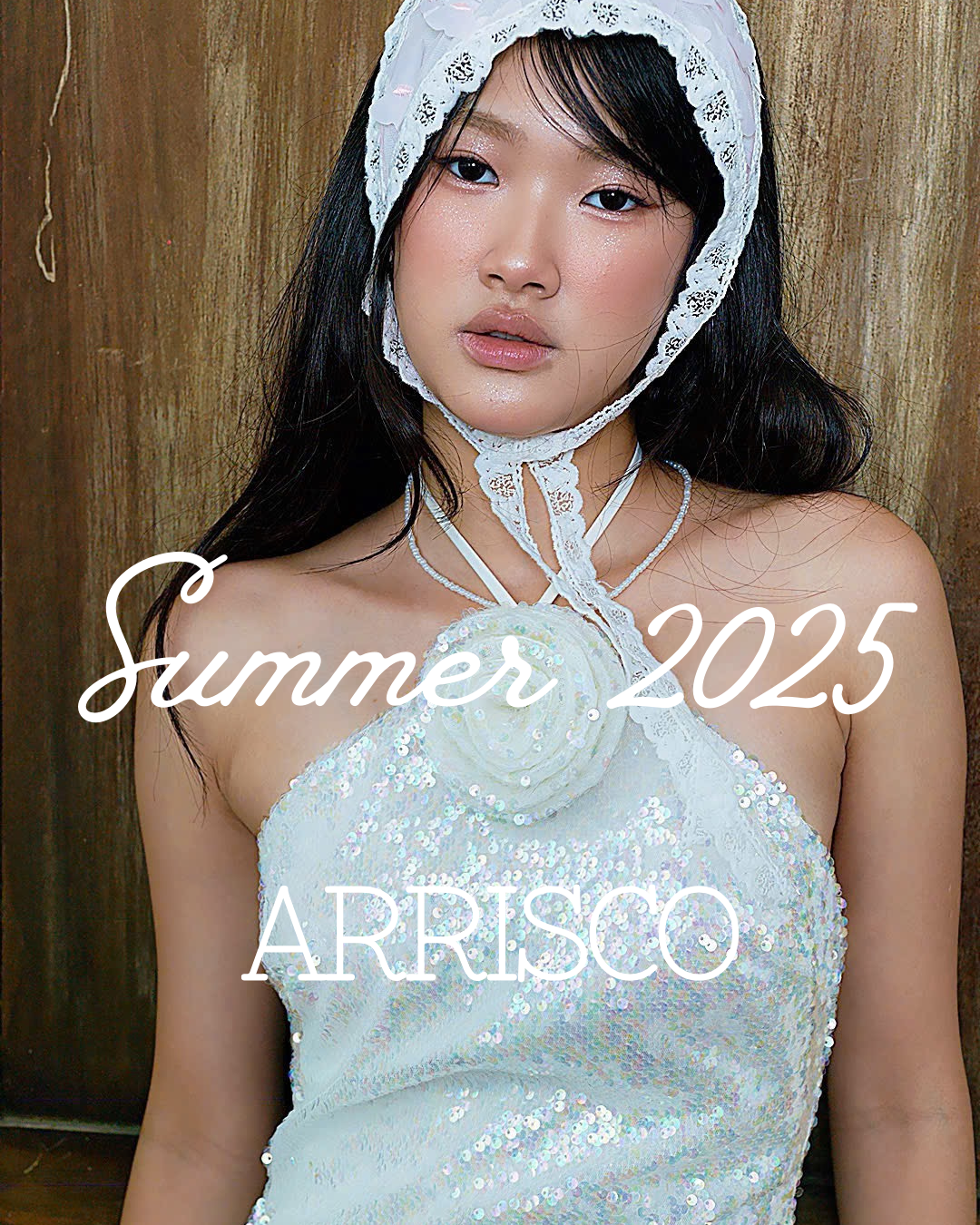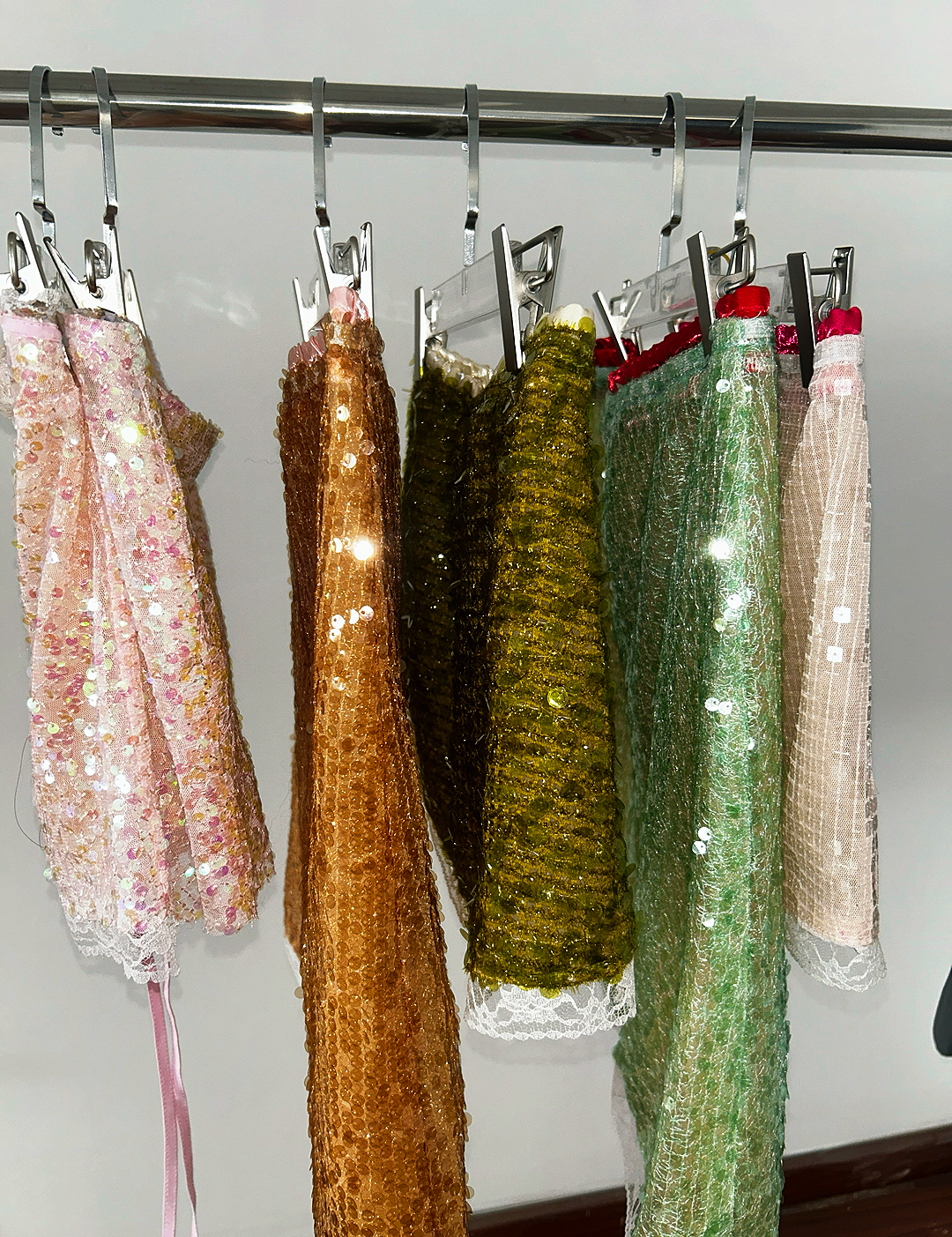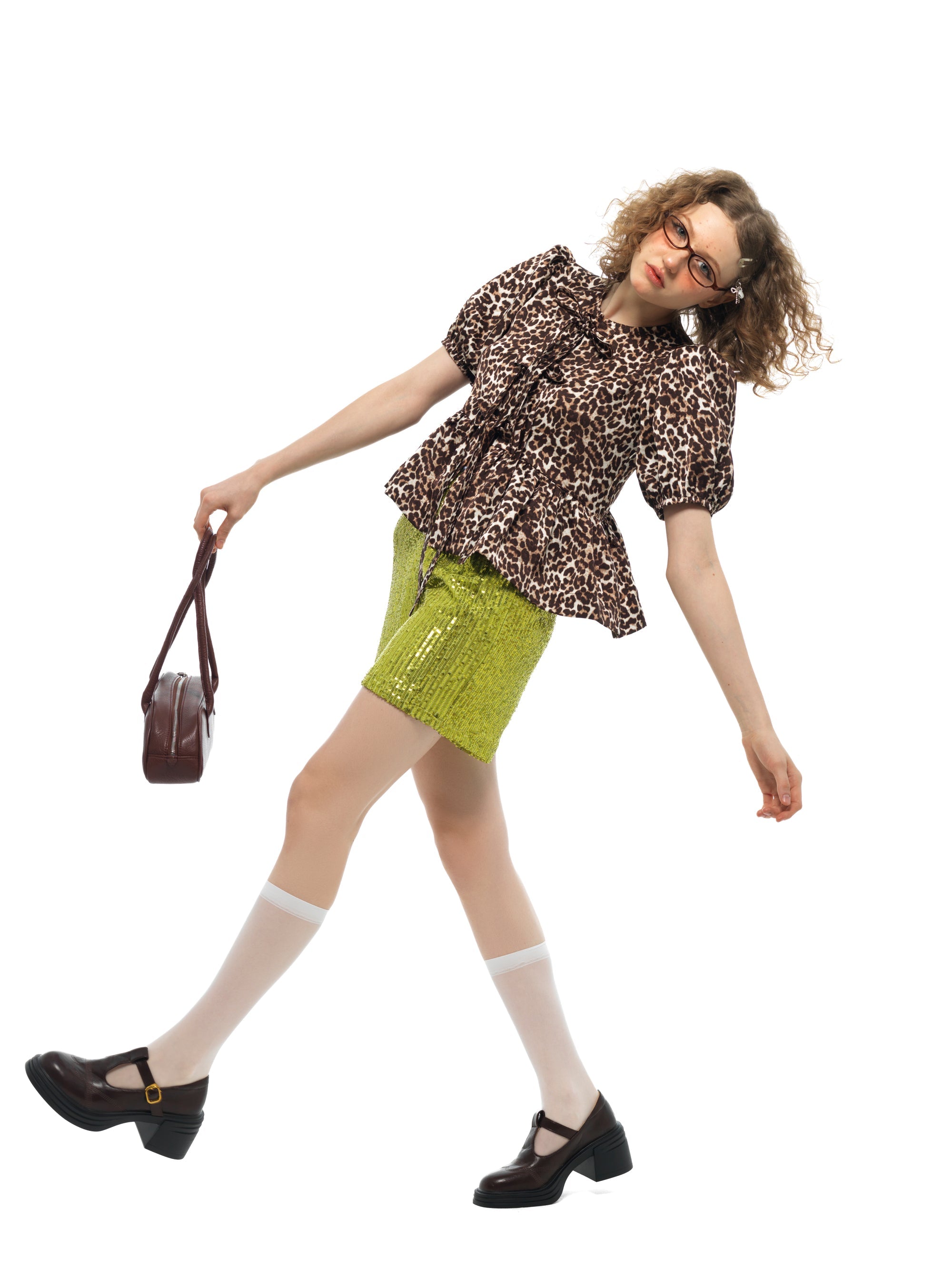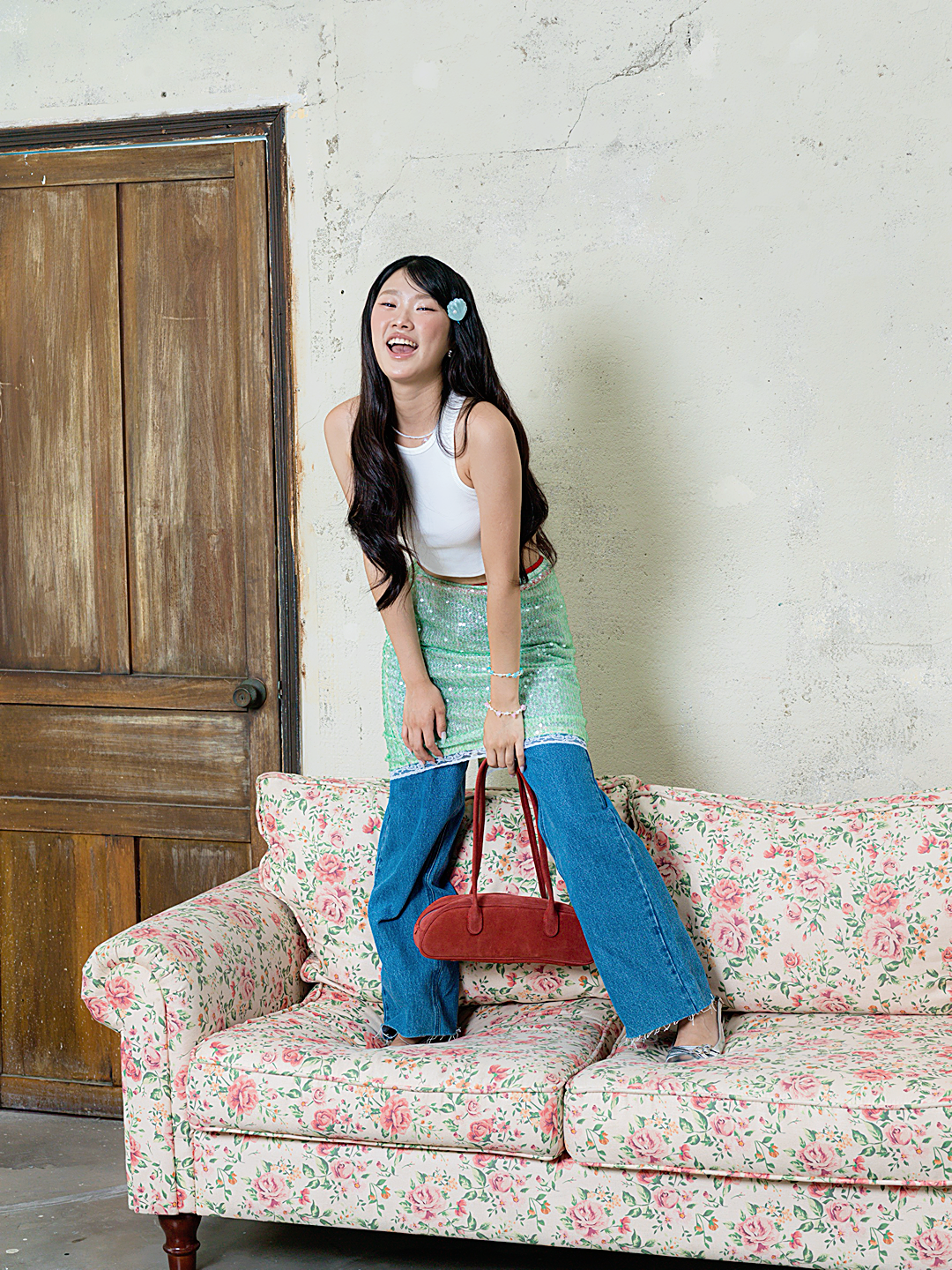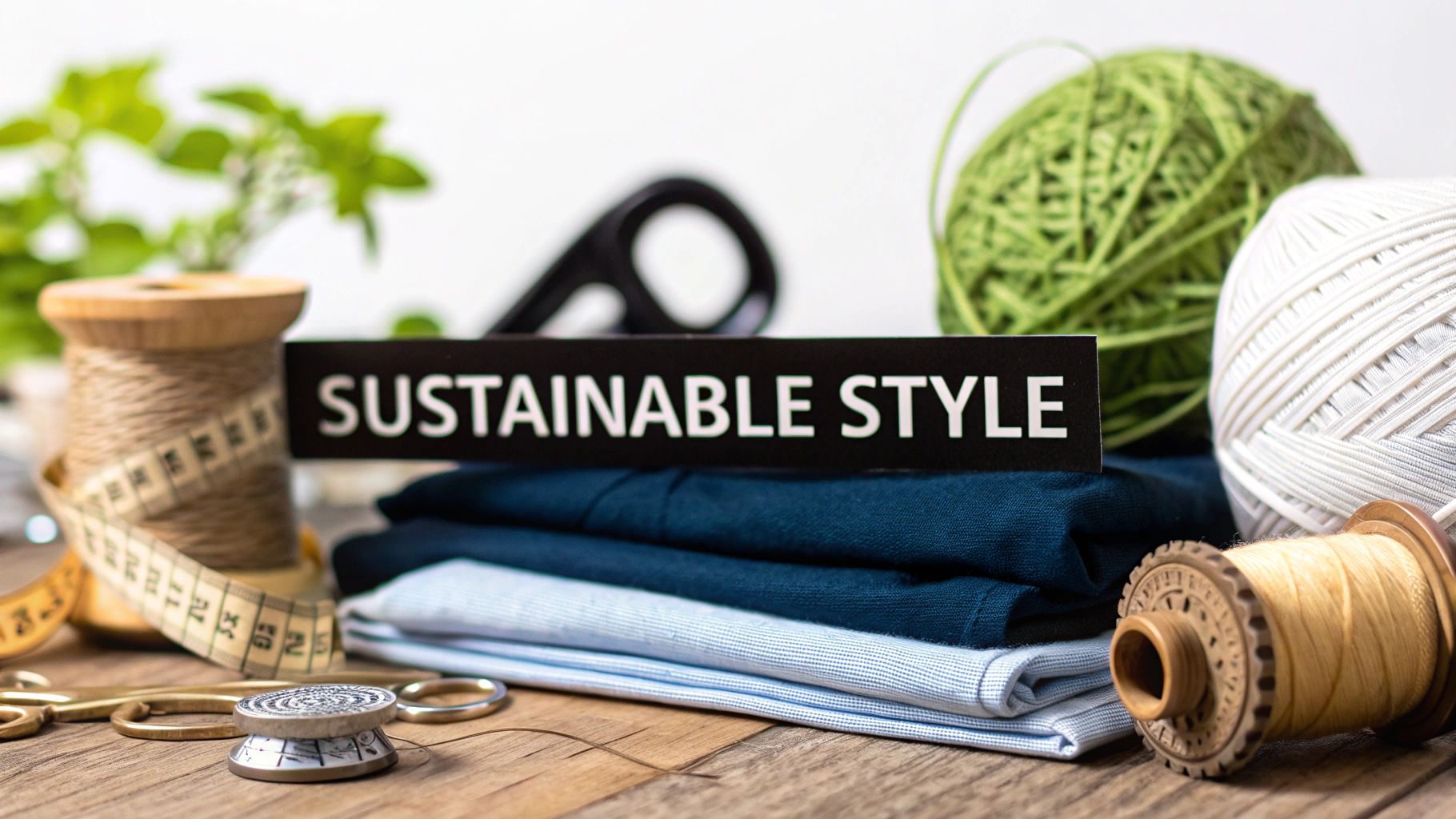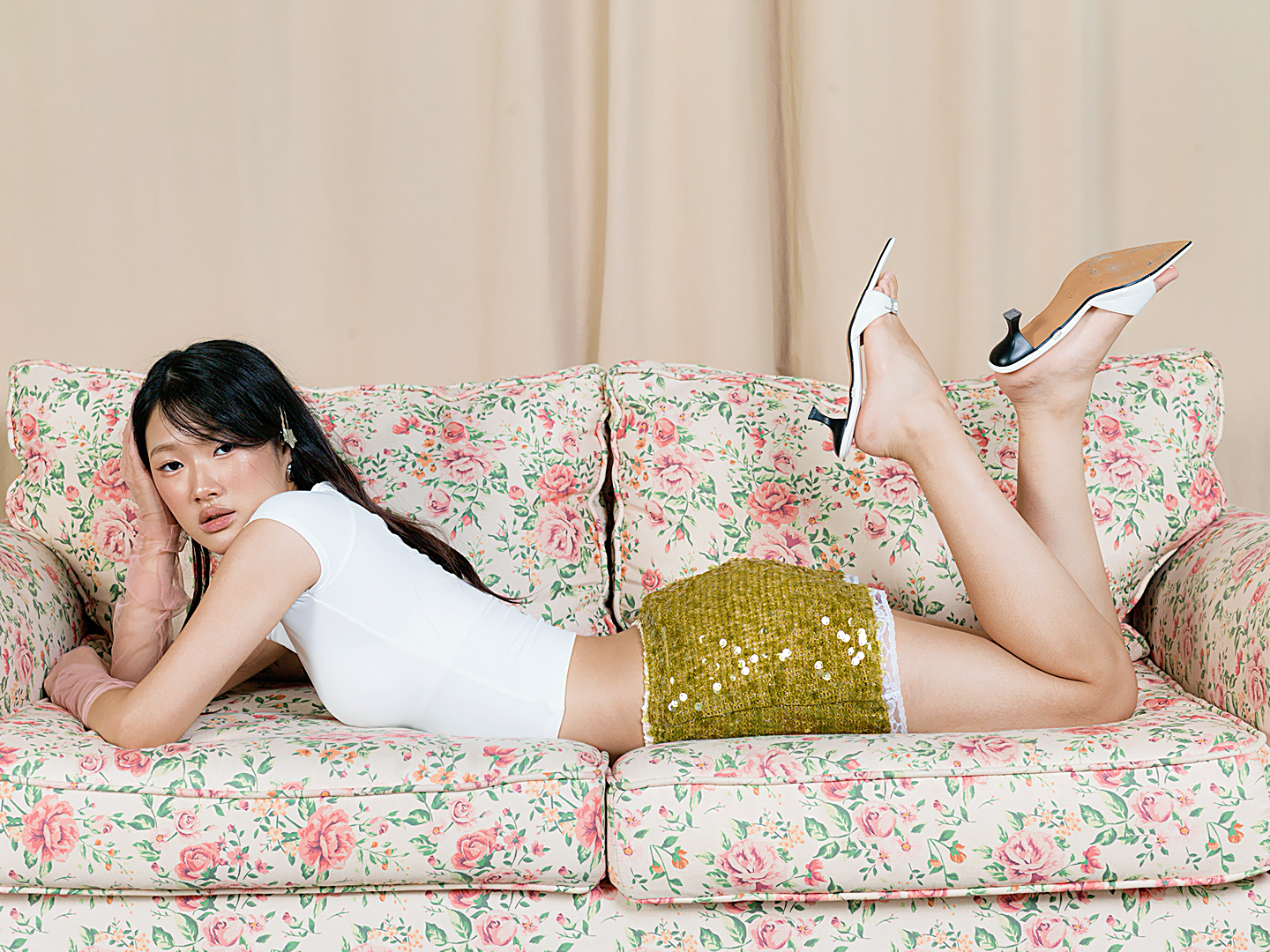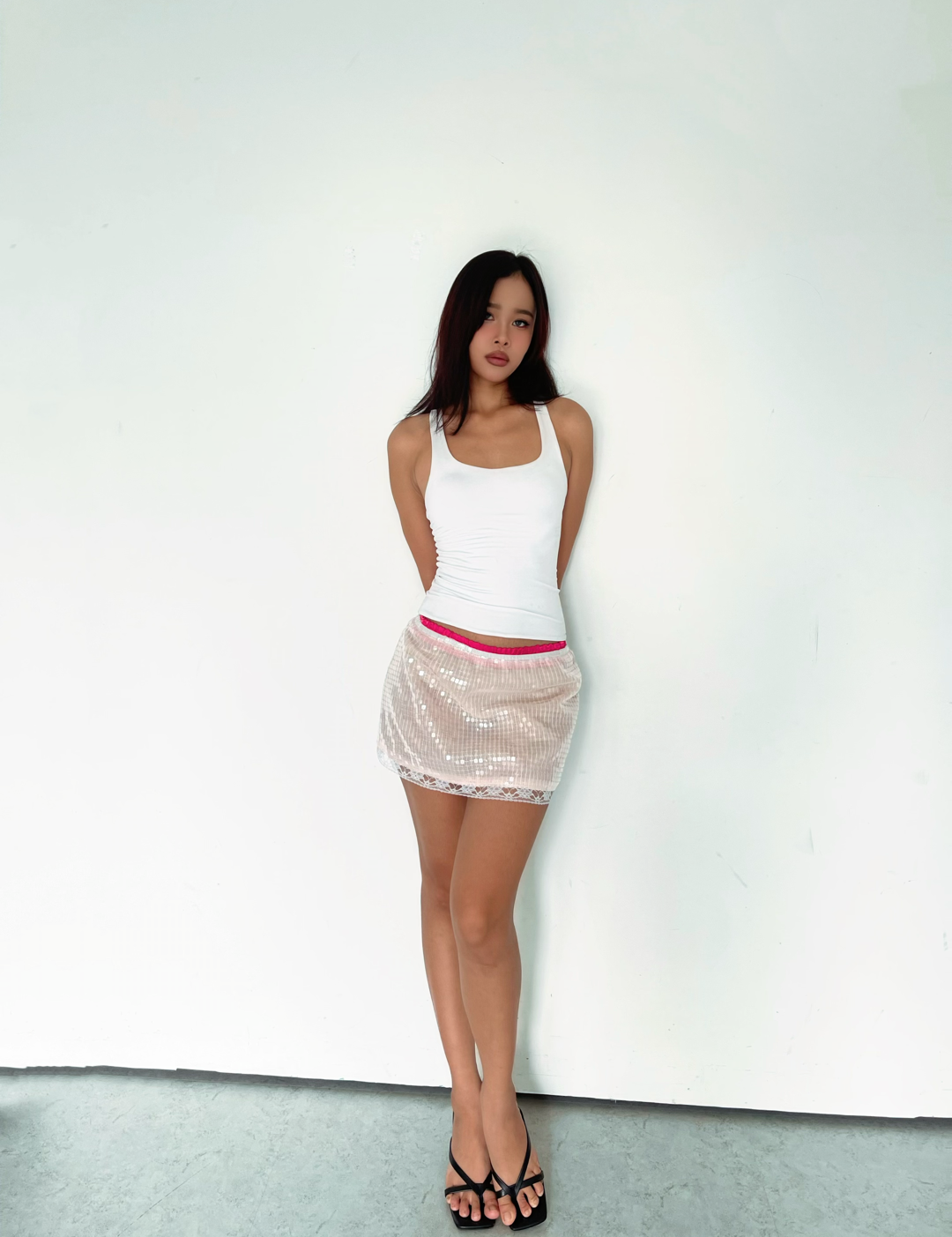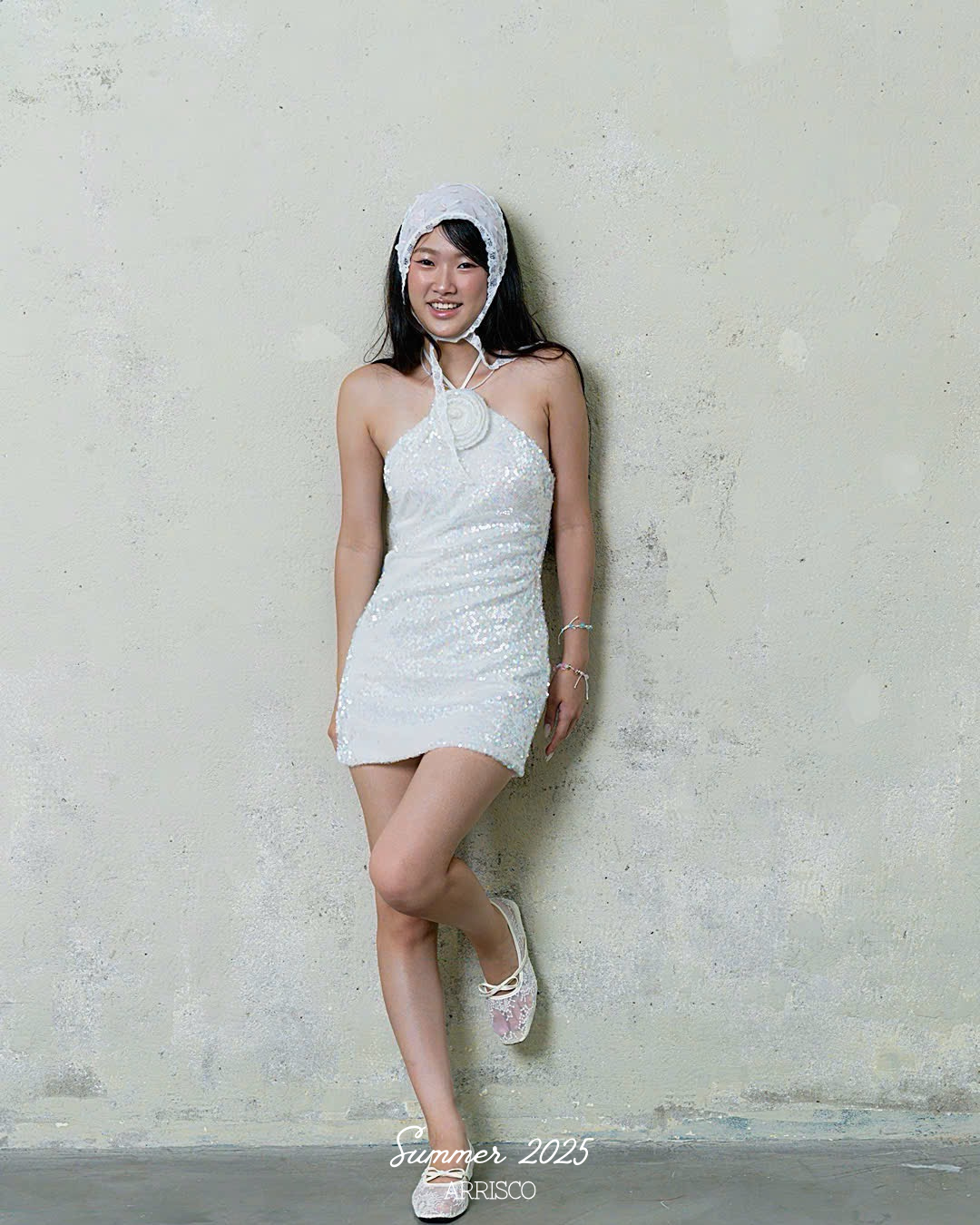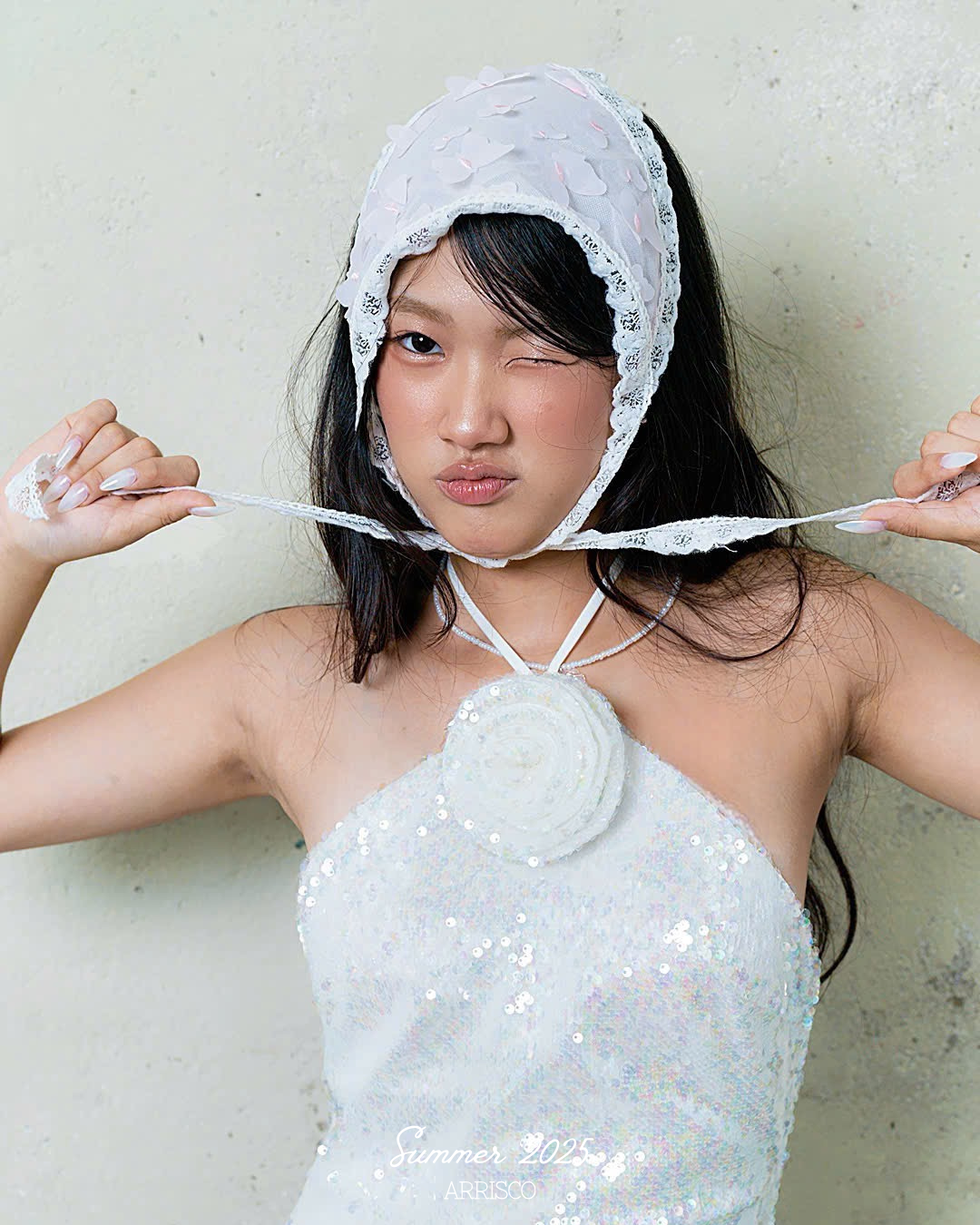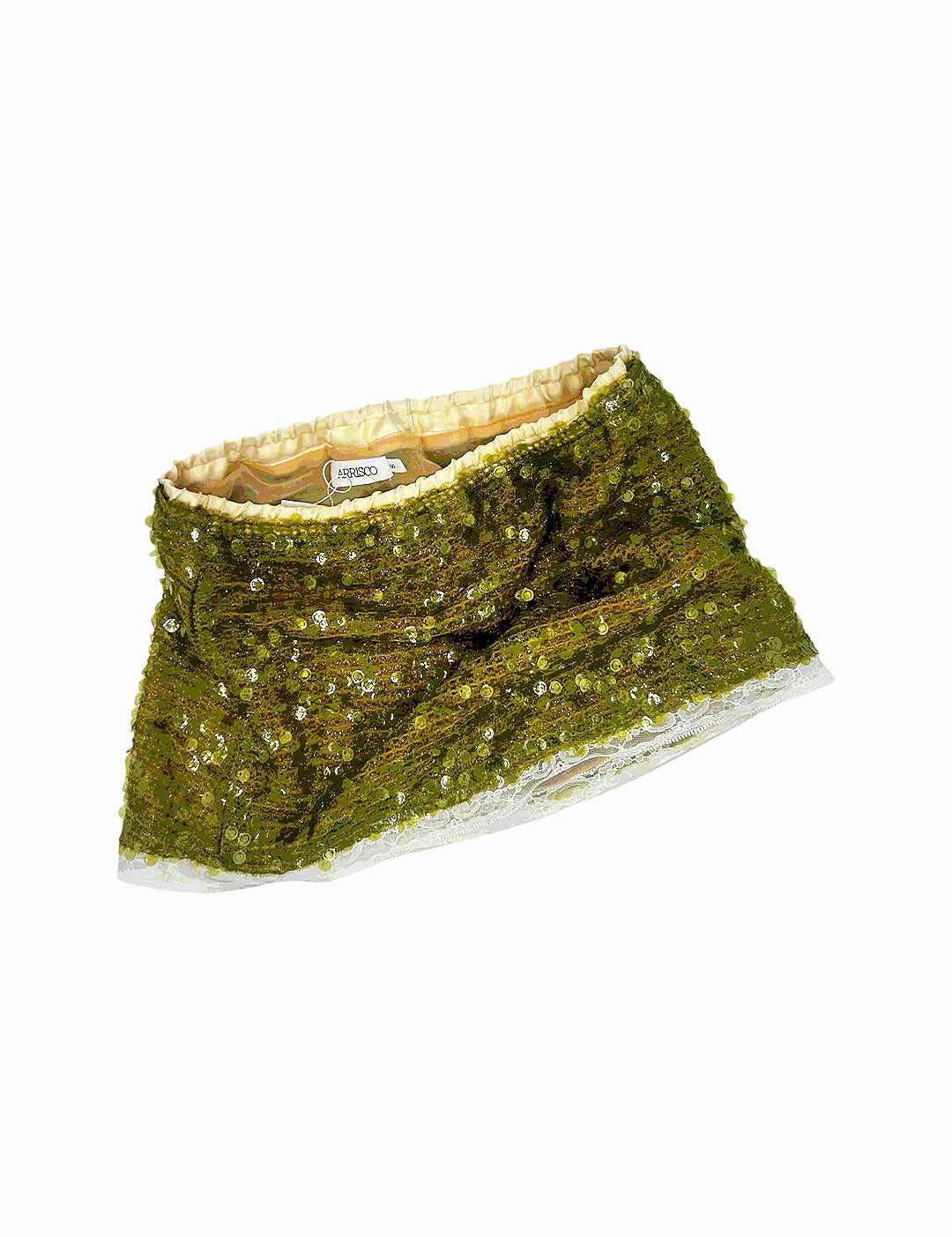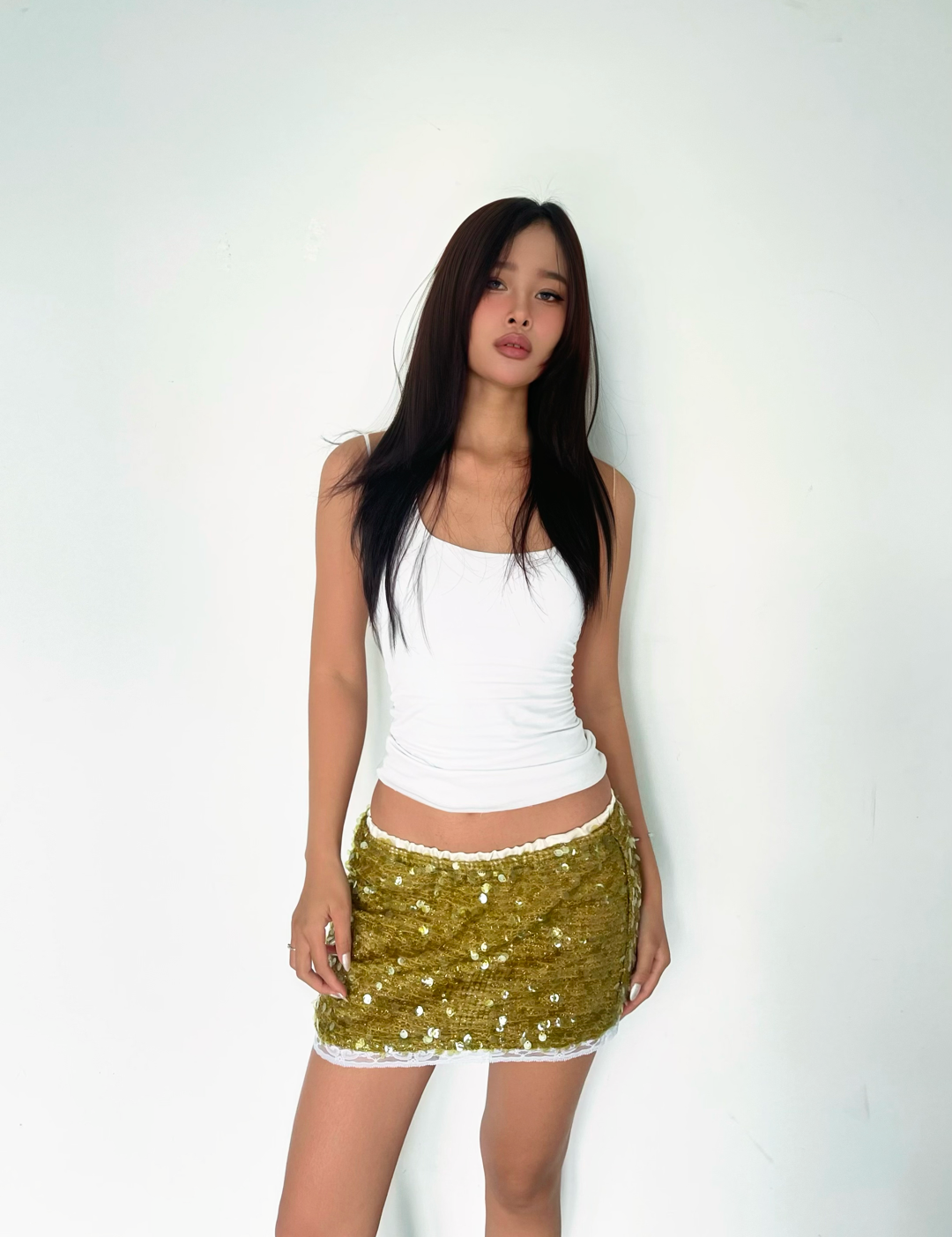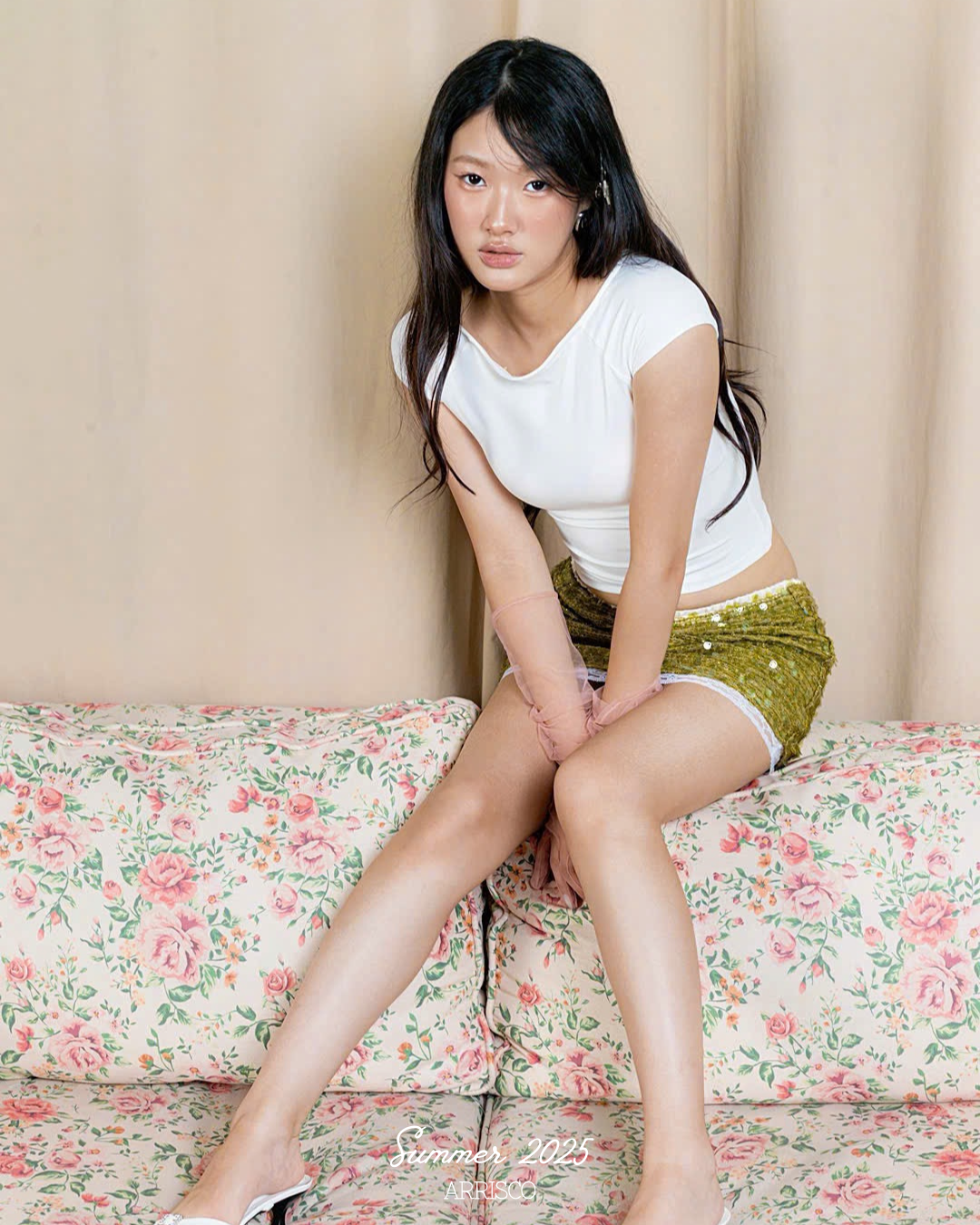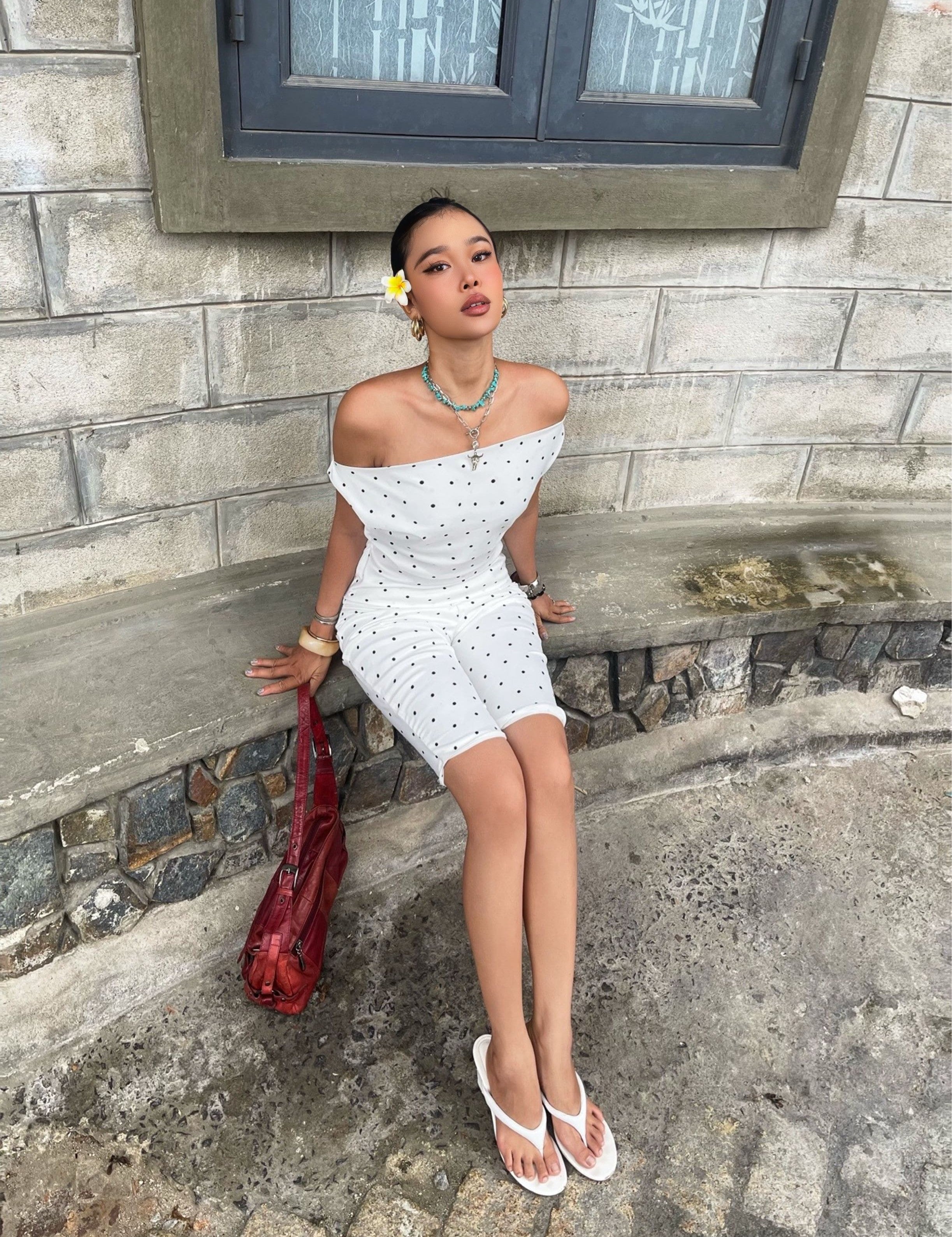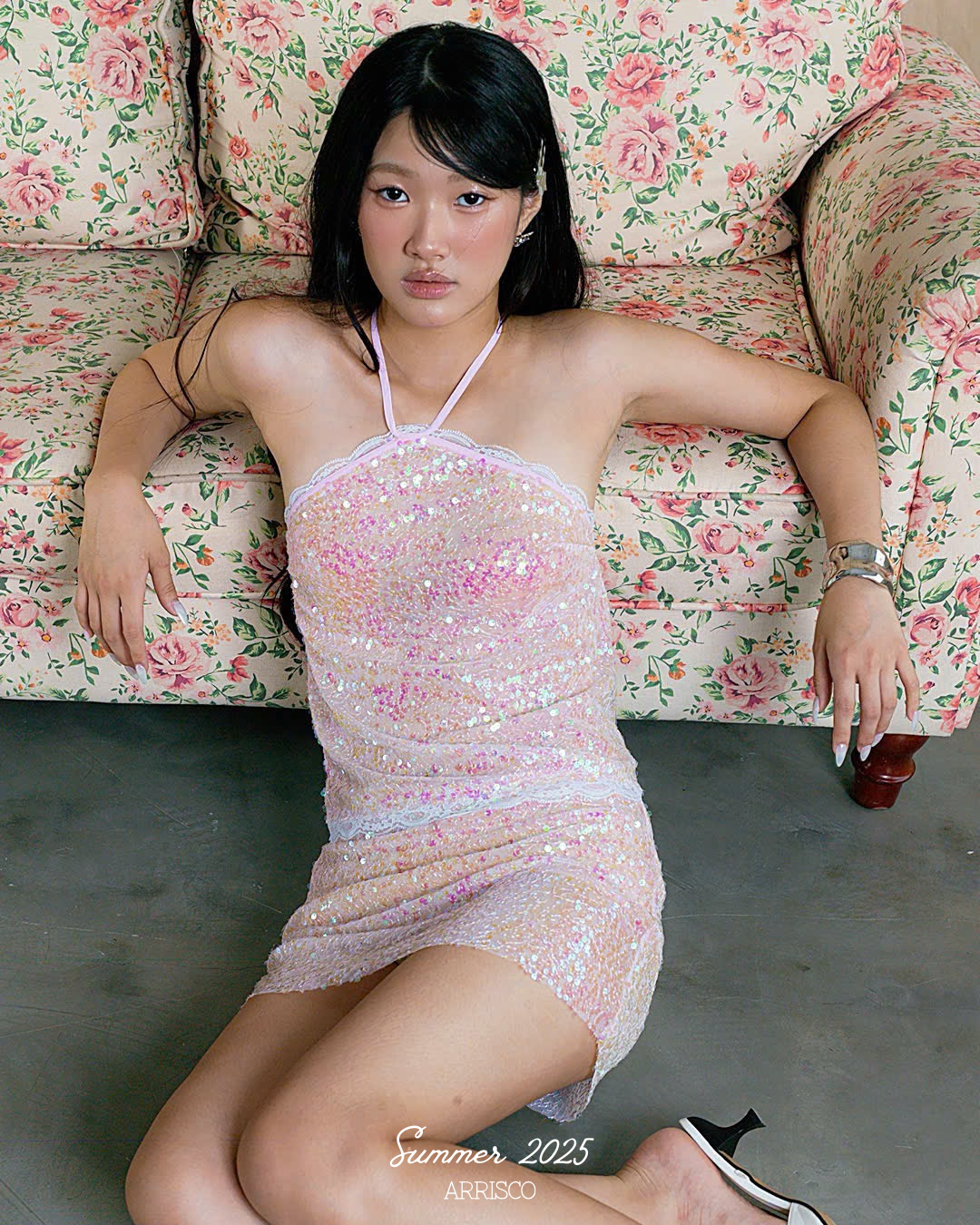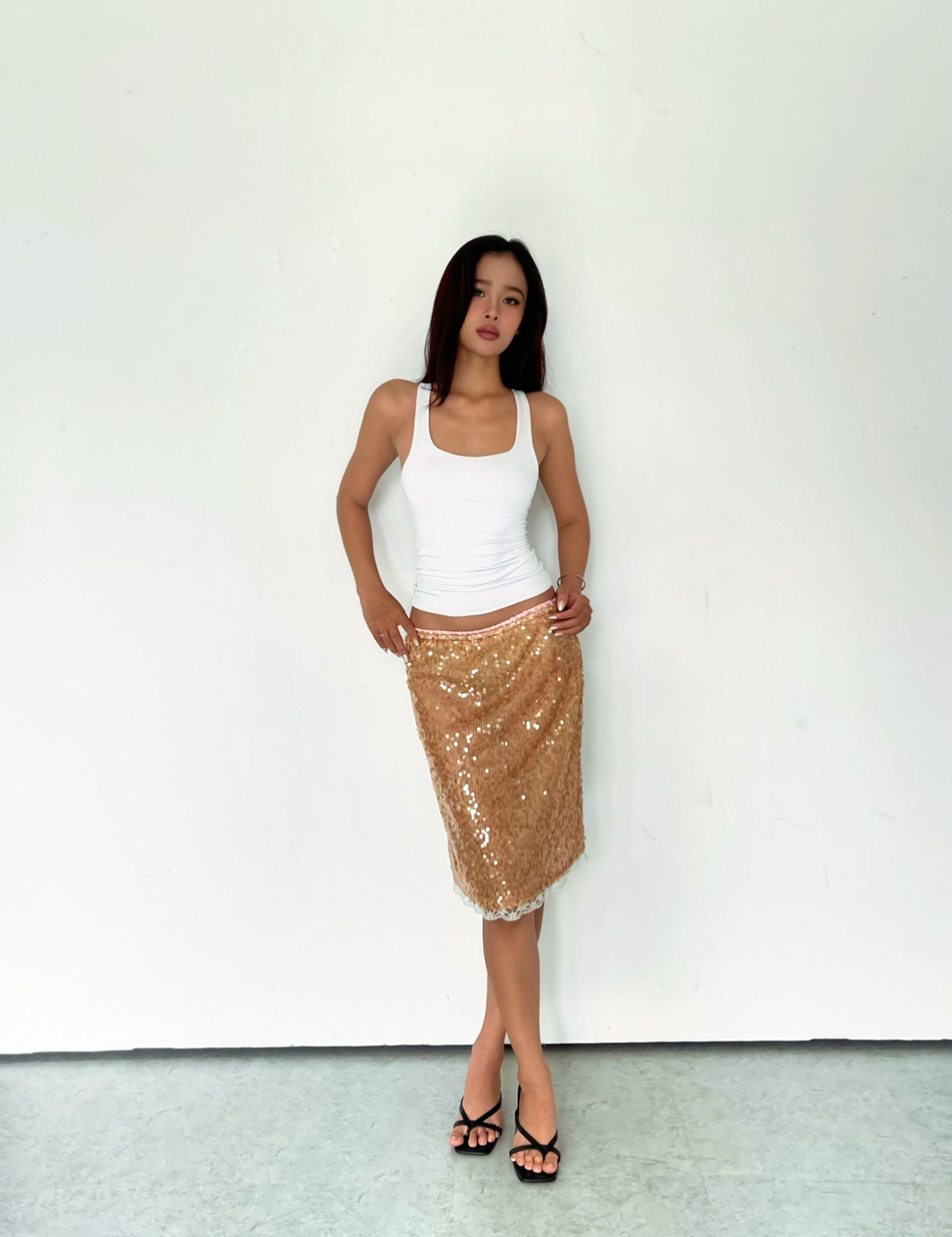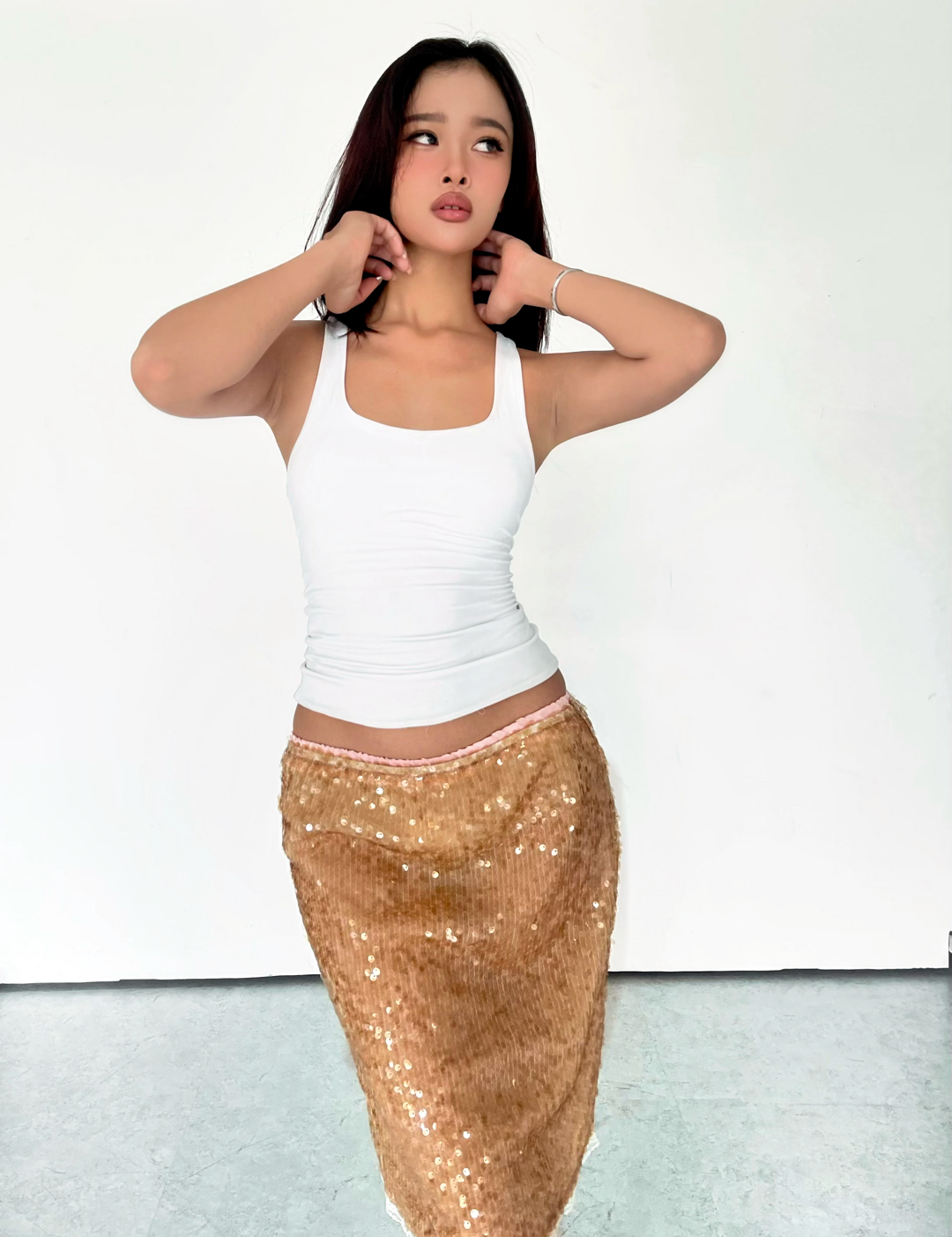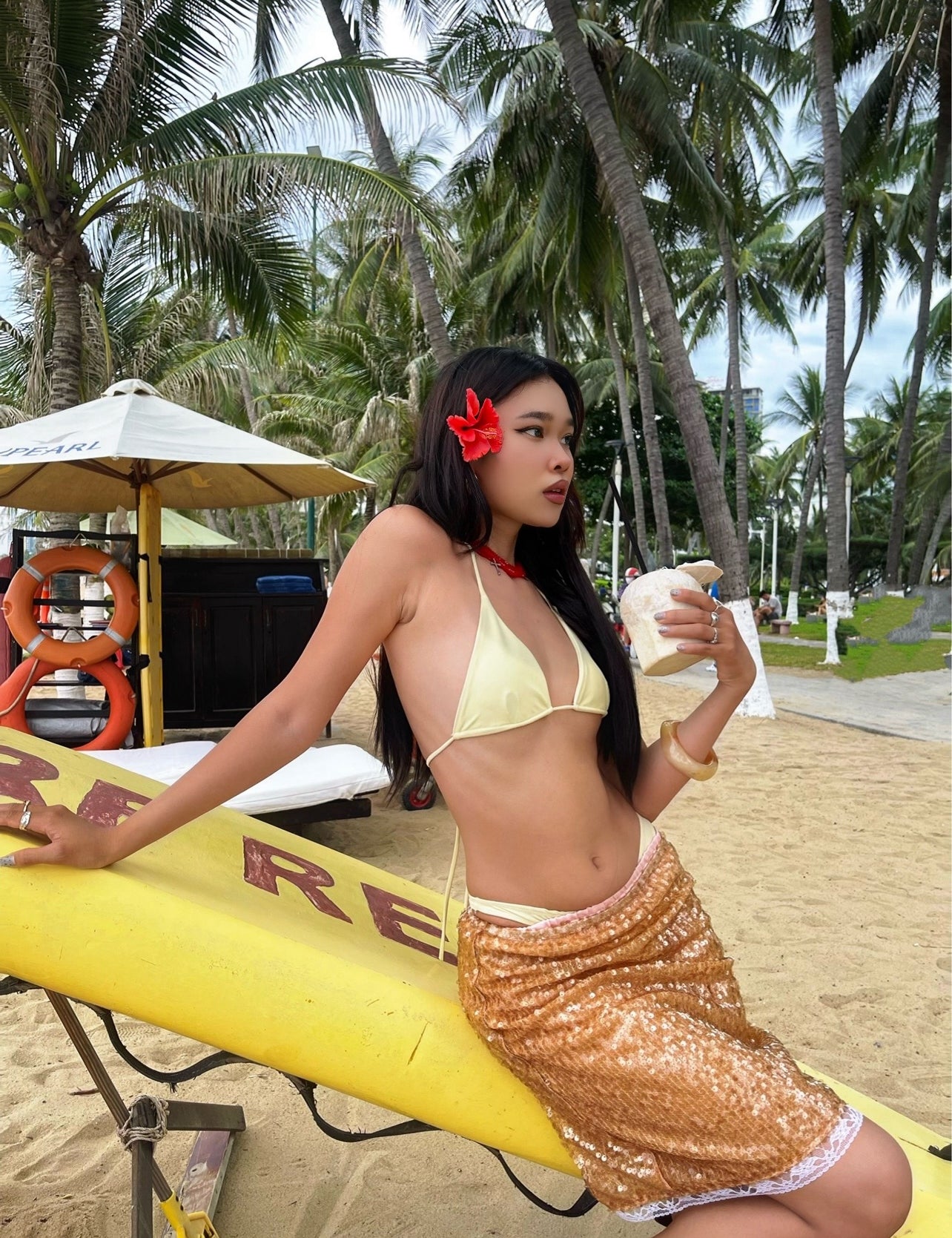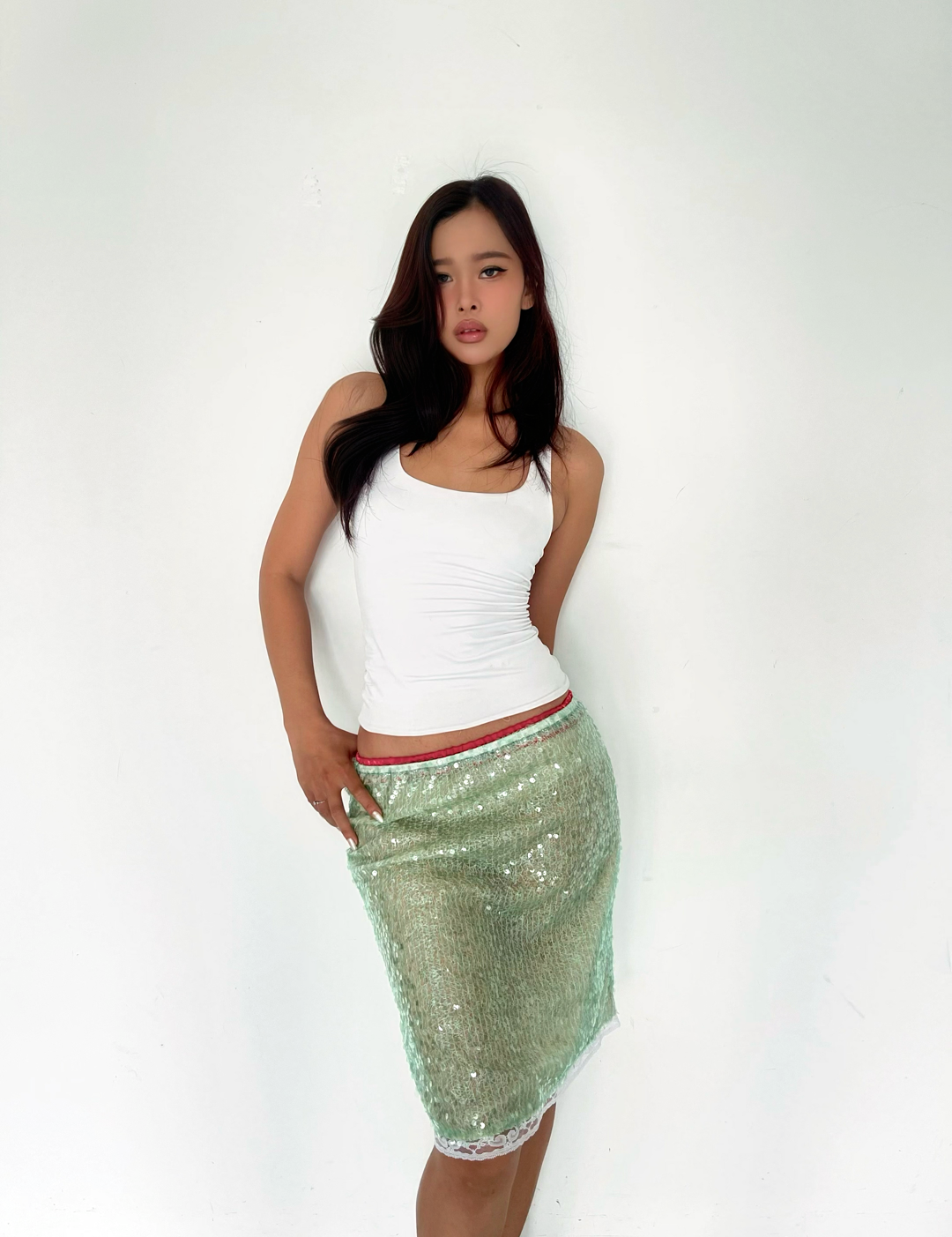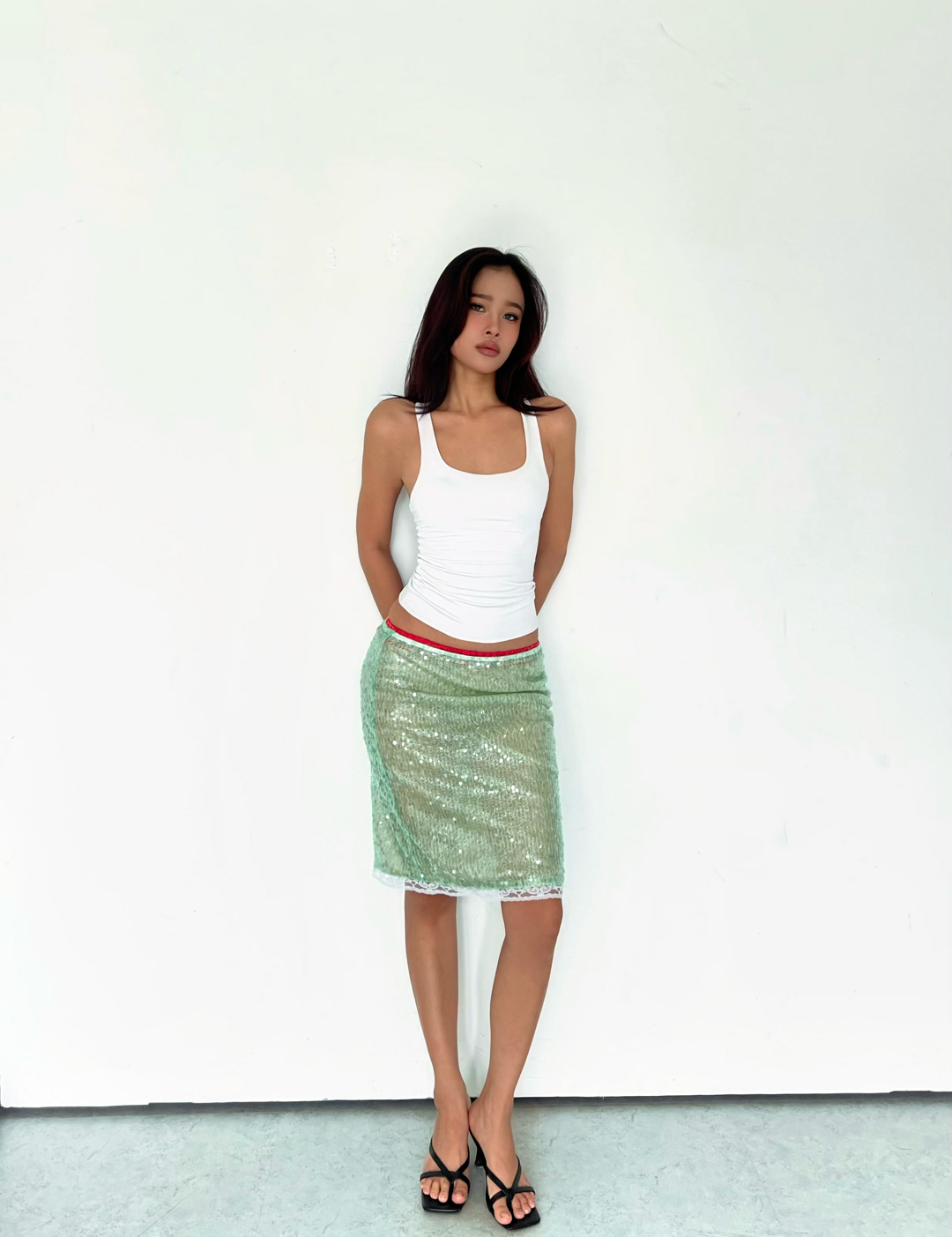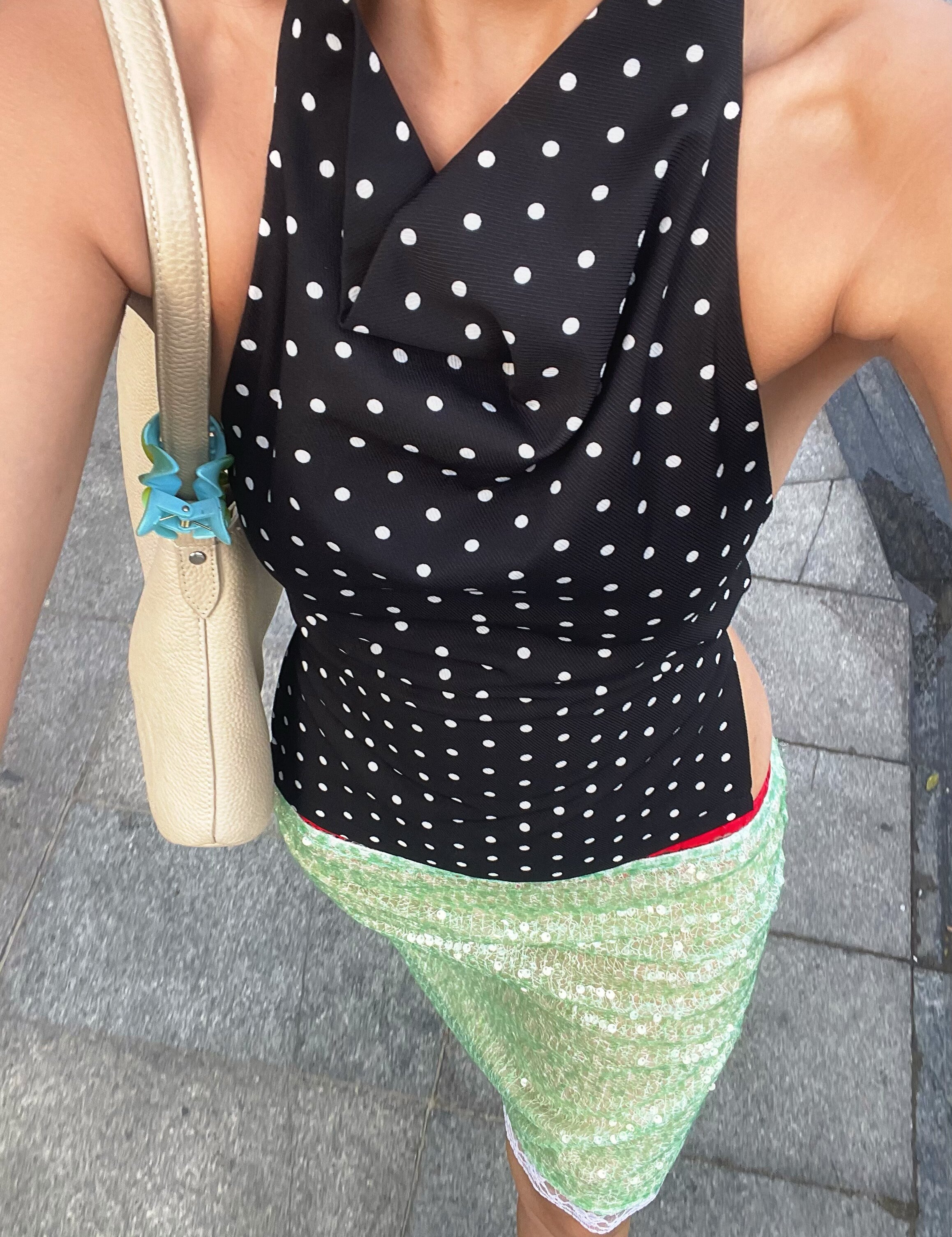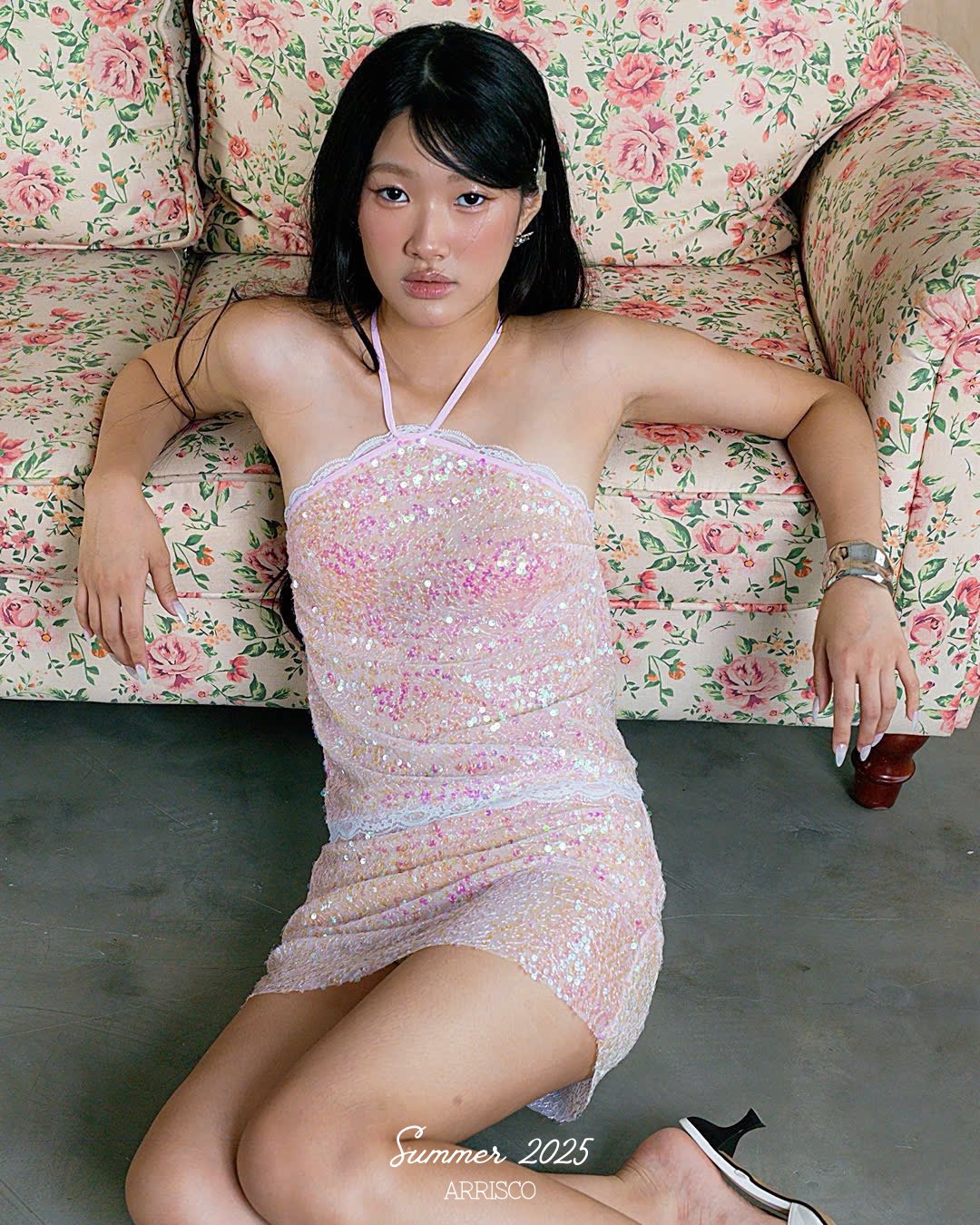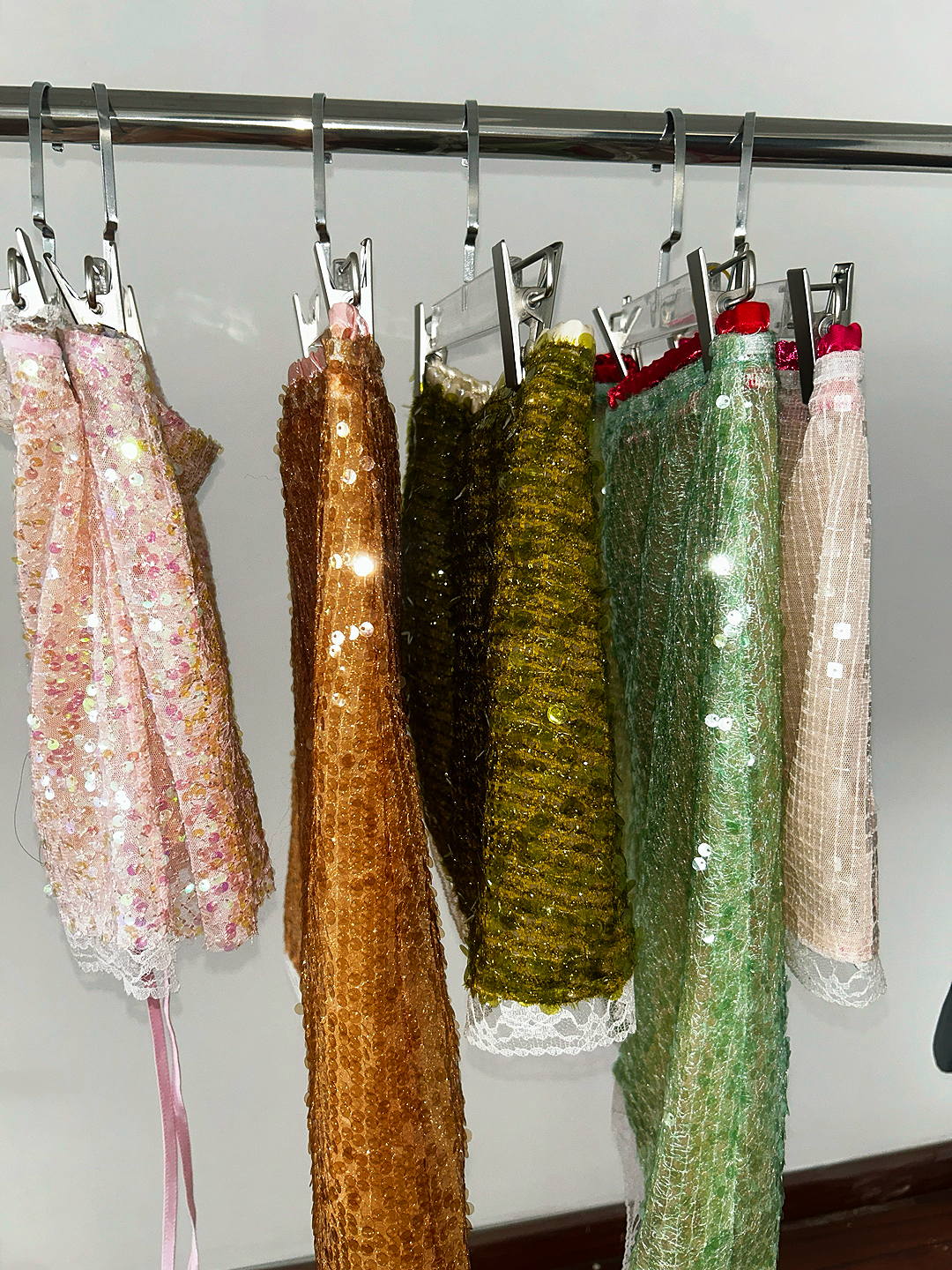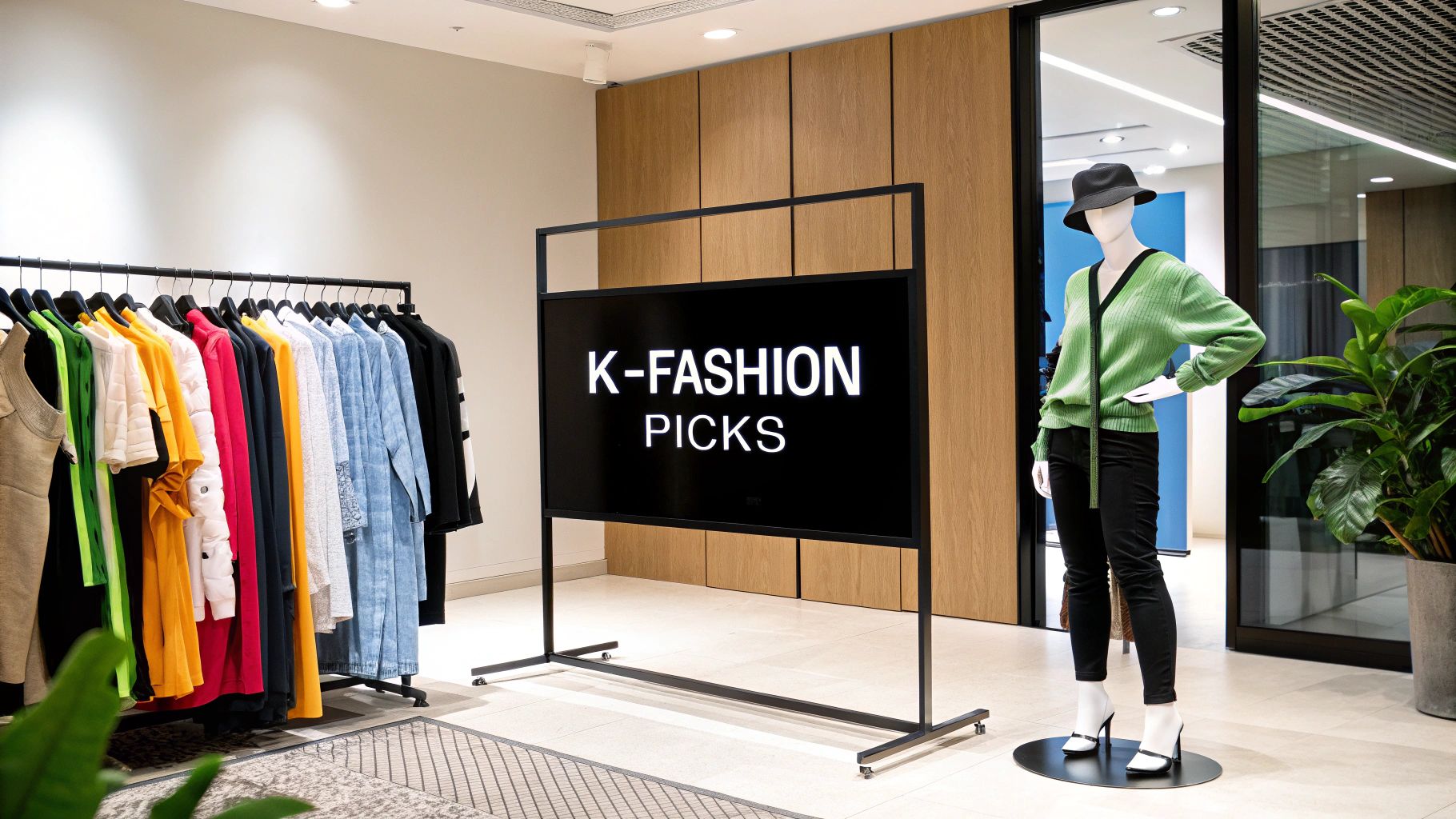Về bản chất, thời trang bền vững là việc thiết kế, sáng tạo và tận hưởng trang phục theo cách thân thiện với cả con người và hành tinh. Đó là một ý tưởng đơn giản nhưng tuyệt đẹp.
Hãy nghĩ theo cách này: thời trang nhanh giống như một chiếc cốc cà phê dùng một lần. Nó nhanh chóng, rẻ tiền và tiện lợi trong chốc lát, nhưng rồi sẽ tích tụ thành một núi rác thải. Ngược lại, thời trang bền vững lại là chiếc cốc gốm thủ công yêu thích của bạn. Bạn trân trọng nó trong nhiều năm vì nó được làm cẩn thận, bền bỉ và để lại dấu chân người dùng nhẹ nhàng hơn nhiều.
Vậy, thời trang bền vững chính xác là gì?
Thời trang bền vững không chỉ đơn thuần là sử dụng bông hữu cơ. Đó là một sự thay đổi toàn diện trong cách chúng ta nhìn nhận quần áo, nhìn vào toàn bộ câu chuyện cuộc đời của một bộ trang phục - từ cánh đồng nơi sợi bông được trồng, đến đôi bàn tay đã khâu chúng lại, cho đến tủ quần áo của bạn và những gì xảy ra tiếp theo với chúng. Chính bức tranh toàn cảnh này đã mang lại sức mạnh thực sự cho phong trào.
Tất cả đều dựa trên ba trụ cột chính: quan tâm đến môi trường, đối xử có đạo đức với mọi người, và tạo ra một nền kinh tế vì lợi ích của tất cả mọi người. Điều này đồng nghĩa với việc giảm thiểu ô nhiễm, đảm bảo công nhân may mặc có điều kiện làm việc an toàn và mức lương công bằng, và xây dựng một ngành công nghiệp thời trang không chỉ lấy, lấy, lấy từ hành tinh. Cuối cùng, điều quan trọng là đảm bảo rằng việc trông đẹp và làm điều tốt là một.
Cuộc đời của một bộ quần áo
Mỗi món đồ quần áo đều có một hành trình và hiểu được hành trình đó chính là điều quan trọng.
- Thiết kế & Vật liệu: Câu chuyện bắt đầu với những lựa chọn thông minh, như sử dụng vải tái chế hoặc sợi thực vật cải tiến.
- Sản xuất: Đây là nơi sản xuất có đạo đức phát huy tác dụng—tiết kiệm nước, tránh sử dụng hóa chất độc hại và hỗ trợ lao động công bằng.
- Sử dụng & Chăm sóc: Cách bạn bảo quản quần áo có thể kéo dài đáng kể tuổi thọ của chúng, nghĩa là bạn sẽ ít phải chịu áp lực phải liên tục mua đồ mới.
- Hết vòng đời: Thay vì bị vứt ra bãi rác, quần áo có thể được sửa chữa, bán lại, tái chế thành sản phẩm mới hoặc tái chế thành vải thô.
Đây là nơi chúng ta có thể thực sự thấy được mối liên hệ giữa nguồn gốc quần áo của chúng ta, tác động của chúng đến môi trường và lựa chọn của chính chúng ta.

Hình ảnh trên thể hiện hoàn hảo cách các quyết định tiêu dùng của chúng ta tạo ra vòng phản hồi mạnh mẽ, ảnh hưởng trực tiếp đến vật liệu được sử dụng và dấu chân môi trường.
Rõ ràng là mọi người đang bắt đầu nhận ra điều này. Thị trường quần áo bền vững toàn cầu được định giá khoảng 3,6 tỷ đô la và dự kiến sẽ tăng vọt lên 9,4 tỷ đô la vào năm 2034 — tốc độ tăng trưởng 10,3% ! Đây không chỉ là một xu hướng; mà là một phong trào.
Thời trang bền vững không phải là sự hoàn hảo; mà là sự tiến bộ. Mỗi lựa chọn nhỏ, có ý thức - từ việc mua đồ cũ đến việc sửa một chiếc cúc áo - đều góp phần tạo nên những thay đổi lớn và tích cực.
Bằng cách nắm bắt tư duy này, bạn không chỉ mua sắm quần áo; bạn đang tích cực góp phần định hình một tương lai tốt đẹp hơn cho thời trang. Để tìm hiểu sâu hơn, hãy xem hướng dẫn của chúng tôi về việc định nghĩa lại phong cách với thời trang bền vững . Đó là một hành trình sáng tạo và mục đích, mang đến ý nghĩa đích thực cho phong cách của bạn.
Tại sao hành tinh của chúng ta cần một cuộc cách mạng thời trang
Bạn đã bao giờ dừng lại để suy ngẫm về câu chuyện đằng sau một chiếc áo phông cotton đơn giản chưa? Đó là một câu chuyện kịch tính hơn nhiều so với những gì bạn tưởng tượng, và nó cho thấy chính xác lý do tại sao thời trang bền vững không chỉ là một thuật ngữ thông dụng mà là một nhu cầu thiết yếu.
Câu chuyện bắt đầu từ một cánh đồng, với một hạt bông nhỏ xíu. Nhưng đây không phải là một loại cây trồng bình thường; nó là một loại cây cực kỳ cần nước. Thật khó tin, nhưng việc sản xuất một kg bông thông thường có thể ngốn tới 20.000 lít nước . Đó là một lượng nước khổng lồ, một nguồn tài nguyên quý giá, thường bị lãng phí từ những cộng đồng đang rất cần nước để uống và trồng trọt.

Từ cánh đồng đến nhà máy
Sau khi bông được thu hoạch, hành trình chu du khắp thế giới của nó bắt đầu, đốt cháy nhiên liệu hóa thạch trên từng bước đường. Sau đó là quá trình chế biến và nhuộm, nơi các hóa chất độc hại thường đầu độc các dòng sông địa phương, tàn phá hệ sinh vật thủy sinh và những người phụ thuộc vào các tuyến đường thủy đó. Đây không phải là một sự việc hiếm gặp; nó xảy ra hàng tỷ lần mỗi năm.
Và không chỉ riêng cotton. Khi chúng ta kết hợp các loại vải tổng hợp như polyester vào sản phẩm, một vấn đề hoàn toàn mới lại nảy sinh. Mỗi lần giặt quần áo, chúng thải ra hàng ngàn hạt vi nhựa nhỏ xíu thẳng xuống đại dương. Những chất ô nhiễm siêu nhỏ này sẽ đi vào bụng các loài động vật biển, và cuối cùng, lên đĩa thức ăn của chúng ta. Sự tiện lợi của vải tổng hợp cũng đi kèm với một cái giá ngầm đắt đỏ.
Để thực sự đào sâu vào vấn đề này, việc hiểu tác động của thời trang nhanh đến môi trường là chìa khóa để thấy được mức độ liên quan sâu sắc giữa các vấn đề này.
Sự kết thúc của dòng
Điều gì sẽ xảy ra khi chiếc áo thun của chúng ta hết hạn sử dụng? Thông thường, nó sẽ bị vứt vào bãi rác. Sự vận động không ngừng nghỉ của thời trang nhanh, với nhu cầu liên tục về những sản phẩm mới, mới, mới , đã tạo ra khoảng 92 triệu tấn chất thải dệt may mỗi năm. Những núi quần áo này là minh chứng cho sự lãng phí nước, năng lượng và công sức của con người.
Chi phí thực sự của một chiếc áo phông giá rẻ không nằm ở giá bán. Nó được chi trả bởi hệ sinh thái, nguồn nước và các thế hệ tương lai của hành tinh chúng ta. Lựa chọn các giải pháp thay thế bền vững là một hành động mạnh mẽ để chống lại vòng luẩn quẩn này.
Đây chính xác là lý do tại sao các nguyên tắc của 지속 가능한 패션 lại vô cùng quan trọng. Nó không chỉ đơn thuần là việc mua thêm một bộ quần áo. Đó là một quyết định có ý thức ủng hộ một hệ thống ưu tiên tính bền vững hơn là tính dễ hỏng.
Bằng cách đưa ra những lựa chọn thông minh hơn, chúng ta có thể thúc đẩy một ngành công nghiệp tôn trọng cả con người và hành tinh. Nếu bạn đã sẵn sàng tìm hiểu thêm, bài phân tích của chúng tôi về thời trang chậm và thời trang nhanh chính là điểm khởi đầu hoàn hảo. Sự thay đổi này sẽ trao quyền cho bạn trở thành một phần của giải pháp, biến tủ đồ của bạn thành một tuyên ngôn thực sự về sự thay đổi tích cực.
Hướng dẫn của bạn về vật liệu thân thiện với môi trường sáng tạo
Bạn đã sẵn sàng khám phá những loại vải đang thay đổi hoàn toàn cuộc chơi thời trang tại 지속 가능한 패션 chưa? Hãy cùng vén bức màn bí mật về những chất liệu giúp phong cách thời trang trở nên thân thiện hơn với hành tinh của chúng ta. Hãy coi đây là cẩm nang cá nhân giúp bạn trở thành chuyên gia đọc nhãn quần áo, giúp bạn đưa ra những lựa chọn vừa đẹp mắt vừa thoải mái. Và tin tôi đi, các lựa chọn ngày nay thú vị hơn bao giờ hết.

Sự thay đổi lớn nhất chính là việc từ bỏ những chất liệu cũ kỹ, ngốn tài nguyên. Thay vào đó, thế giới thời trang bền vững xoay quanh những loại vải được trồng hài hòa với thiên nhiên hoặc được tạo ra một cách khéo léo từ những vật liệu chúng ta đã sử dụng. Nghe có vẻ đơn giản, nhưng sự thay đổi này tạo nên sự khác biệt to lớn.
Các nguồn năng lượng từ thực vật
Thành thật mà nói, thiên nhiên quả thực biết rõ nhất. Trái đất ban tặng cho chúng ta những vật liệu đẹp và bền nhất cho tủ quần áo, tất cả đều được trồng trọt với sự thân thiện với môi trường hơn nhiều.
- Bông hữu cơ: Hãy tưởng tượng loại bông mềm mại yêu thích của bạn, được trồng mà không cần thuốc trừ sâu độc hại và sử dụng ít nước hơn. Đó chính là bông hữu cơ. Nó là giấc mơ cho làn da của bạn và cho hành tinh.
- Cây gai dầu: Loại cây này đúng là siêu sao sinh thái. Nó phát triển cực nhanh, hầu như không cần tưới nước và không cần thuốc trừ sâu. Hơn nữa, nó còn làm đất trồng thêm màu mỡ. Thật tuyệt vời phải không?
- Vải lanh: Được làm từ cây lanh, vải lanh thoáng mát, bền chắc và hoàn toàn có thể phân hủy sinh học. Đây là một trong những loại vải cổ điển, càng mặc và giặt càng đẹp và mềm mại hơn.
Khi bạn khám phá những lựa chọn này, việc nắm vững những kiến thức cơ bản sẽ vô cùng hữu ích. Để hiểu sâu hơn về cách các loại vải khác nhau được xếp chồng lên nhau, việc hiểu rõ các đặc tính chung của vải là một khởi đầu tuyệt vời.
Sự kỳ diệu của vải tái chế và vải tái sinh
Đây chính là lúc mọi thứ trở nên thực sự sáng tạo. Chúng ta đang nói về công nghệ đáng kinh ngạc, biến những thứ từng được coi là "rác thải" thành những loại vải đẹp mắt, hiệu suất cao. Cách tiếp cận này giúp chúng ta tránh được một núi vật liệu thải ra bãi rác và đại dương, đồng thời sử dụng ít năng lượng và nước hơn nhiều so với việc sản xuất sợi từ đầu.
Lấy polyester tái chế (rPET) làm ví dụ. Nó được sản xuất bằng cách nấu chảy chai nhựa cũ và kéo thành sợi hoàn toàn mới, chất lượng cao. Đây là một cuộc sống thứ hai cho nhựa, nếu không sẽ gây ra rất nhiều tác hại.
TENCEL™ Lyocell là một ví dụ hoàn hảo về sợi tái sinh. Nó bắt đầu từ bột gỗ có nguồn gốc bền vững và được xử lý theo hệ thống "vòng kín". Điều này có nghĩa là 99% nước và dung môi được thu hồi và tái sử dụng nhiều lần, tạo ra một loại vải mềm mại tuyệt vời với lượng khí thải rất nhỏ.
Điều thú vị là, thế giới này luôn vận động và phát triển. Chúng ta đang chứng kiến những đột phá đáng kinh ngạc, chẳng hạn như công ty khởi nghiệp TomTex của Hàn Quốc, đang tạo ra một loại da thay thế từ chitosan - một loại vật liệu có trong nấm và vỏ tôm! Tư duy này giúp cắt giảm lượng khí thải nhà kính.
Chính sự tập trung vào chất liệu tốt hơn này là cốt lõi của nhiều thương hiệu thời trang lấy cảm hứng từ phong cách cổ điển hàng đầu hiện nay. Họ hiểu rằng phong cách đích thực được xây dựng dựa trên chất lượng và độ bền. Khi chọn một món đồ được làm từ một trong những loại vải này, bạn không chỉ mua một món đồ; bạn đang bỏ phiếu cho một ngành công nghiệp thời trang sạch hơn, thông minh hơn.
Cách xây dựng tủ quần áo bền vững của riêng bạn
Vậy, bạn đã sẵn sàng mang phép màu của 지속 가능한 패션 vào cuộc sống của mình chưa? Tuyệt vời! Đây mới là lúc niềm vui thực sự bắt đầu. Xây dựng một tủ đồ bền vững không phải là một cuộc đại tu triệt để, kiểu "tất cả hoặc không có gì". Hãy nghĩ về nó như một hành trình đầy niềm vui khám phá lại phong cách cá nhân và đưa ra những lựa chọn thực sự tốt đẹp.
Điểm dừng chân đầu tiên của bạn không phải là một cửa hàng thời trang cao cấp, mà là chính tủ quần áo của bạn. Bước quan trọng nhất bạn có thể thực hiện là "kiểm tra tủ quần áo". Đây là cơ hội để bạn làm quen lại với tất cả những món đồ tuyệt vời mà bạn đã sở hữu, trân trọng những gì mình đang có và tìm ra những gì thực sự còn thiếu. Để giúp bạn bắt đầu, hướng dẫn dọn dẹp tủ quần áo của chúng tôi sẽ hướng dẫn bạn từng bước.
Áp dụng triết lý mua sắm có ý thức
Khi bạn quyết định đã đến lúc cần một điều gì đó mới mẻ, một sự thay đổi nhỏ trong tư duy có thể thay đổi mọi thứ. Trước khi nghĩ đến việc mua sắm, hãy tự hỏi bản thân một câu hỏi mang tính đột phá: "Liệu mình có mặc món đồ này ít nhất 30 lần không?". Đây chính là cốt lõi của "Bài kiểm tra 30 lần mặc" , một quy tắc nhỏ tuyệt vời giúp bạn hướng đến chất lượng và phong cách vượt thời gian, chứ không chỉ là những gì đang thịnh hành trong tuần.
Nó biến việc mua sắm từ một thói quen bốc đồng thành một hành động chu đáo, có chủ đích. Tất cả là về việc lựa chọn những món đồ bạn thực sự yêu thích trong nhiều năm, giảm thiểu rác thải và tuyển chọn một bộ sưu tập quần áo phản ánh chân thực con người bạn.
Một tủ đồ bền vững là một câu chuyện được kể qua những món đồ quý giá, chứ không phải là một bộ sưu tập những xu hướng lỗi thời. Mỗi món đồ nên khẳng định vị thế của mình bằng cách mang đến cho bạn niềm vui bền vững và phong cách đa dạng.
Tận dụng sức mạnh của sự chăm sóc, sửa chữa và tái chế
Giữ quần áo bền lâu hơn là một trong những điều bền vững nhất bạn có thể làm. Thật tuyệt vời khi một vài thói quen nhỏ có thể tạo ra tác động to lớn, biến những món đồ tưởng chừng như đã bị vứt bỏ thành một phần không thể thiếu trong câu chuyện phong cách của bạn.
- Học cách sửa chữa cơ bản: May lại một chiếc cúc bị lỏng hoặc sửa một đường may nhỏ dễ hơn bạn nghĩ rất nhiều. Đó là một kỹ năng tuyệt vời giúp bạn làm chủ tủ quần áo của mình.
- Chăm sóc quần áo đúng cách: Nghe có vẻ nhàm chán, nhưng chỉ cần làm theo hướng dẫn giặt và sấy trên nhãn mác cũng có thể kéo dài đáng kể tuổi thọ của quần áo, giúp vải luôn tươi mới và cảm giác tuyệt vời.
- Tái chế sáng tạo: Hãy thỏa sức sáng tạo! Tái chế một chiếc quần jeans cũ thành quần short xinh xắn, hoặc khoác lên chiếc áo phông bạc màu một diện mạo hoàn toàn mới bằng cách nhuộm màu.
Nếu bạn muốn thực hành, bạn có thể tìm thấy những nguồn tài nguyên tuyệt vời như các bài học may miễn phí này để bắt đầu hành trình sửa chữa của mình.
Và dĩ nhiên, còn có cả cảm giác hồi hộp khi săn lùng! Mua sắm đồ cũ và đồ cũ là một cách tuyệt vời để xây dựng một tủ đồ hoàn toàn độc đáo. Xu hướng này đang bùng nổ mạnh mẽ, đặc biệt là trong giới trẻ yêu thời trang. Tại Hàn Quốc, thế hệ người mua sắm Gen Z đang thúc đẩy sự bùng nổ mạnh mẽ của thị trường đồ cũ, đổ xô đến các nền tảng như Karrot và Bunjang để khám phá những món đồ độc đáo, đã qua sử dụng. Đây không chỉ là một thói quen mua sắm; mà là một sự thay đổi văn hóa toàn diện hướng tới một cách thức tận hưởng thời trang tuần hoàn và có ý thức hơn.
Tham gia vào Tương lai của Phong cách Có ý thức
Chuyển sang phong cách có ý thức là một hành trình đáng kinh ngạc, và khi đọc bài viết này, bạn đã bắt đầu hành trình của mình rồi. Chúng ta đã thấy rằng 지속 가능한 패션 không phải là từ bỏ mọi thứ. Mà là mở ra những cấp độ sáng tạo mới, sống có chủ đích, và tìm thấy niềm vui sâu sắc, bền vững trong một tủ đồ kể câu chuyện của bạn và phản ánh những gì bạn tin tưởng.
Đây không chỉ là một xu hướng; mà là một phong trào toàn cầu hướng tới một lối sống chu đáo hơn, đẹp đẽ hơn, và nó đang được xây dựng bởi những người giống như bạn.
Mỗi lựa chọn có ý thức của bạn, dù nhỏ nhặt đến đâu, đều tạo nên hiệu ứng lan tỏa. Vá lại đường may thay vì vứt bỏ món đồ, tìm lại một món đồ đã qua sử dụng, hay chọn chờ đợi một món đồ mà bạn biết mình sẽ trân trọng trong nhiều năm - tất cả đều là những tuyên bố mạnh mẽ. Chúng gửi đi một tín hiệu rõ ràng rằng bạn đang tìm kiếm nhiều hơn là thời trang dùng một lần. Bạn muốn phong cách đi kèm với giá trị.

Phong cách của bạn, tác động của bạn
Điều thực sự thú vị là gì? Sự thay đổi tích cực này đang diễn ra ở khắp mọi nơi, từ tủ quần áo của chúng ta đến chuỗi cung ứng toàn cầu. Ví dụ, một số công ty lớn nhất Hàn Quốc hiện đang hợp tác để đồng tài trợ cho các dự án năng lượng tái tạo khổng lồ, chẳng hạn như các trang trại điện gió ngoài khơi ở Bangladesh, chỉ để cung cấp điện cho các nhà máy của họ. Bạn có thể tìm hiểu sâu hơn về thị trường quần áo bền vững đang phát triển tại gminsights.com .
Hãy nhớ rằng, tủ quần áo của bạn có thể là nguồn cảm hứng sáng tạo vô tận và là lời tuyên bố về nguyên tắc của bạn. Tiến bộ, chứ không phải sự hoàn hảo, mới là mục tiêu.
Vậy nên, dù bước đi đầu tiên của bạn là một bước tiến lớn hay một bước tiến nhỏ, hãy tự tin thực hiện ngay hôm nay. Bạn là một phần của một lực lượng tập thể đang tích cực định hình lại thời trang theo hướng tốt đẹp hơn.
Nếu bạn đang tìm kiếm thêm cảm hứng để xây dựng tủ đồ hoàn hảo, có chủ đích, bạn sẽ thích hướng dẫn của chúng tôi về sự quyến rũ giản dị với những món đồ thiết yếu trong tủ đồ .
Bạn có thắc mắc về thời trang bền vững? Chúng tôi có câu trả lời.
Bước vào thế giới của 지속 가능한 패션 là một bước đi sáng suốt, nhưng hãy thực tế nhé—nó có thể nảy sinh một vài câu hỏi. Điều đó hoàn toàn bình thường! Hãy cùng giải quyết một số thắc mắc phổ biến nhất để giúp bạn chuyển sang phong cách có ý thức một cách dễ dàng và thú vị.
Vậy, điều đầu tiên mà hầu hết mọi người nghĩ đến là gì? Giá cả. Đúng vậy, một số sản phẩm bền vững thoạt nhìn có vẻ đắt hơn một chút, nhưng mức giá cao hơn đó lại ẩn chứa một câu chuyện sâu sắc. Đó là câu chuyện về mức lương công bằng cho những người làm ra quần áo của bạn và sự đầu tư vào vật liệu chất lượng cao, thân thiện với môi trường.
Thay vì nghĩ nó chỉ là "đắt đỏ", hãy thử định nghĩa lại nó như một khoản đầu tư. Bạn đang mua một món đồ được thiết kế để được yêu thích trong nhiều năm, chứ không phải chỉ là một xu hướng nhất thời. Khi tính toán "chi phí cho mỗi lần mặc", bạn thường sẽ thấy nó là một lựa chọn thông minh hơn nhiều so với những chiếc áo thời trang nhanh hỏng chỉ sau vài lần giặt.
Làm thế nào tôi có thể phát hiện hành vi tẩy xanh?
À, vấn đề lớn nhất: "tẩy xanh". Đây là một chiến thuật tiếp thị tinh vi, trong đó một thương hiệu nói suông về việc thân thiện với môi trường nhưng lại không thực sự hành động. Nó có thể giống như một bãi mìn, nhưng bạn có thể học cách nhận ra những dấu hiệu cảnh báo.
Manh mối lớn nhất của bạn là gì? Ngôn ngữ mơ hồ, sáo rỗng. Nếu bạn thấy những từ như "thân thiện với môi trường", "xanh" hay "có ý thức" được sử dụng mà không có bằng chứng xác thực, hãy nhướn mày. Một thương hiệu thực sự bền vững không có gì phải che giấu; họ tự hào về quy trình của mình và sẵn lòng chia sẻ chi tiết.
Sau đây là những điều bạn cần lưu ý từ những người tốt:
- Chứng nhận thực sự: Họ sẽ dán nhãn đáng tin cậy như GOTS (Tiêu chuẩn Dệt may Hữu cơ Toàn cầu) hoặc Thương mại Công bằng. Đây không chỉ là những logo cầu kỳ; chúng là bằng chứng của một quy trình nghiêm ngặt.
- Tính trung thực về chất liệu: Họ sẽ cho bạn biết chính xác quần áo của bạn được làm từ chất liệu gì, có thể là 100% cotton hữu cơ, polyester tái chế hoặc Tencel™.
- Tính minh bạch của chuỗi cung ứng: Nhiều thương hiệu có đạo đức sẽ tự hào giới thiệu cho bạn các nhà máy và nghệ nhân mà họ hợp tác, thể hiện cam kết của họ về điều kiện làm việc an toàn và công bằng.
Hãy nghĩ theo cách này: một thương hiệu thực sự tâm huyết với tính bền vững sẽ không chỉ đưa ra những lời hứa suông. Họ sẽ đưa cho bạn biên lai. Minh bạch không chỉ là một từ ngữ sáo rỗng; đó là nền tảng của một công ty thực sự có ý thức. Hãy luôn tìm hiểu câu chuyện đằng sau nhãn mác đó.
Tại Arrisco , niềm đam mê của chúng tôi là tạo ra những món đồ tuyệt đẹp mà bạn sẽ cảm thấy tự hào khi khoác lên mình. Khám phá bộ sưu tập của chúng tôi và trải nghiệm sự kết hợp hoàn hảo giữa phong cách vượt thời gian và sự sáng tạo đầy tâm huyết. Hãy tìm một món đồ bạn sẽ trân trọng mãi mãi tại shoparrisco.com .
